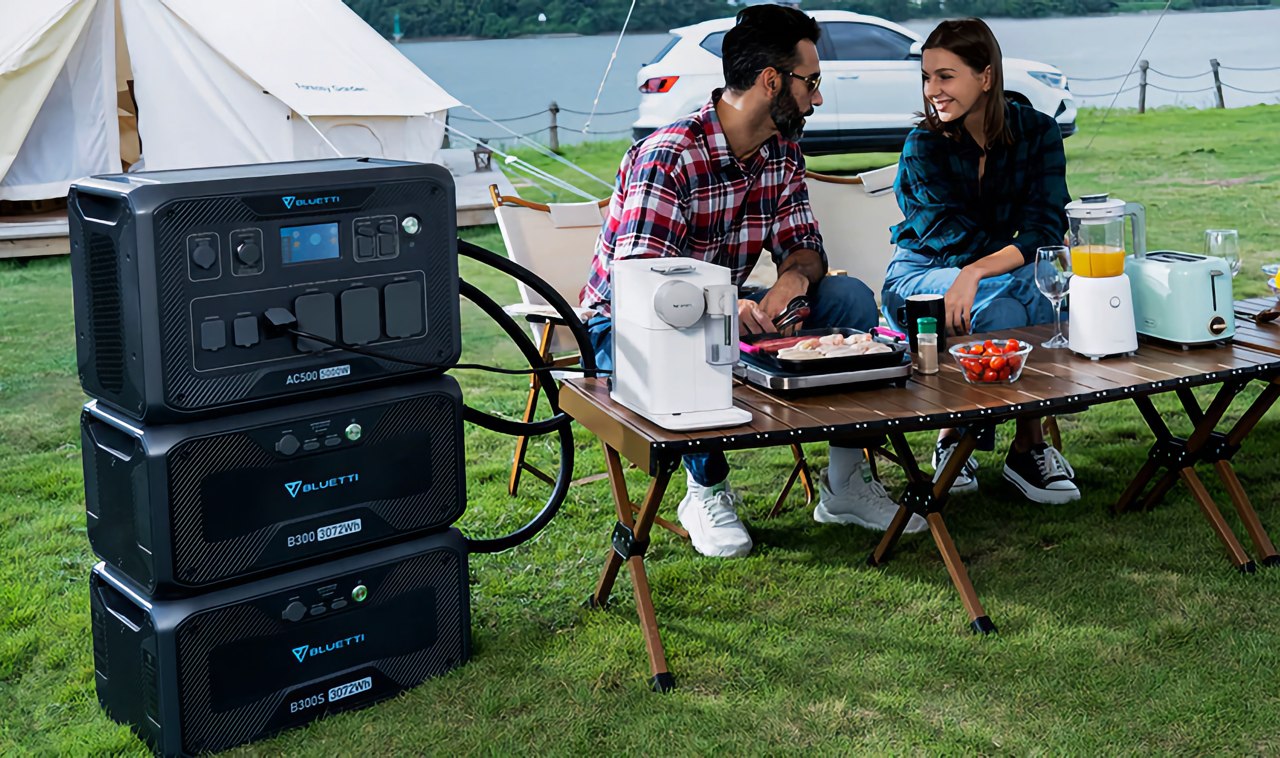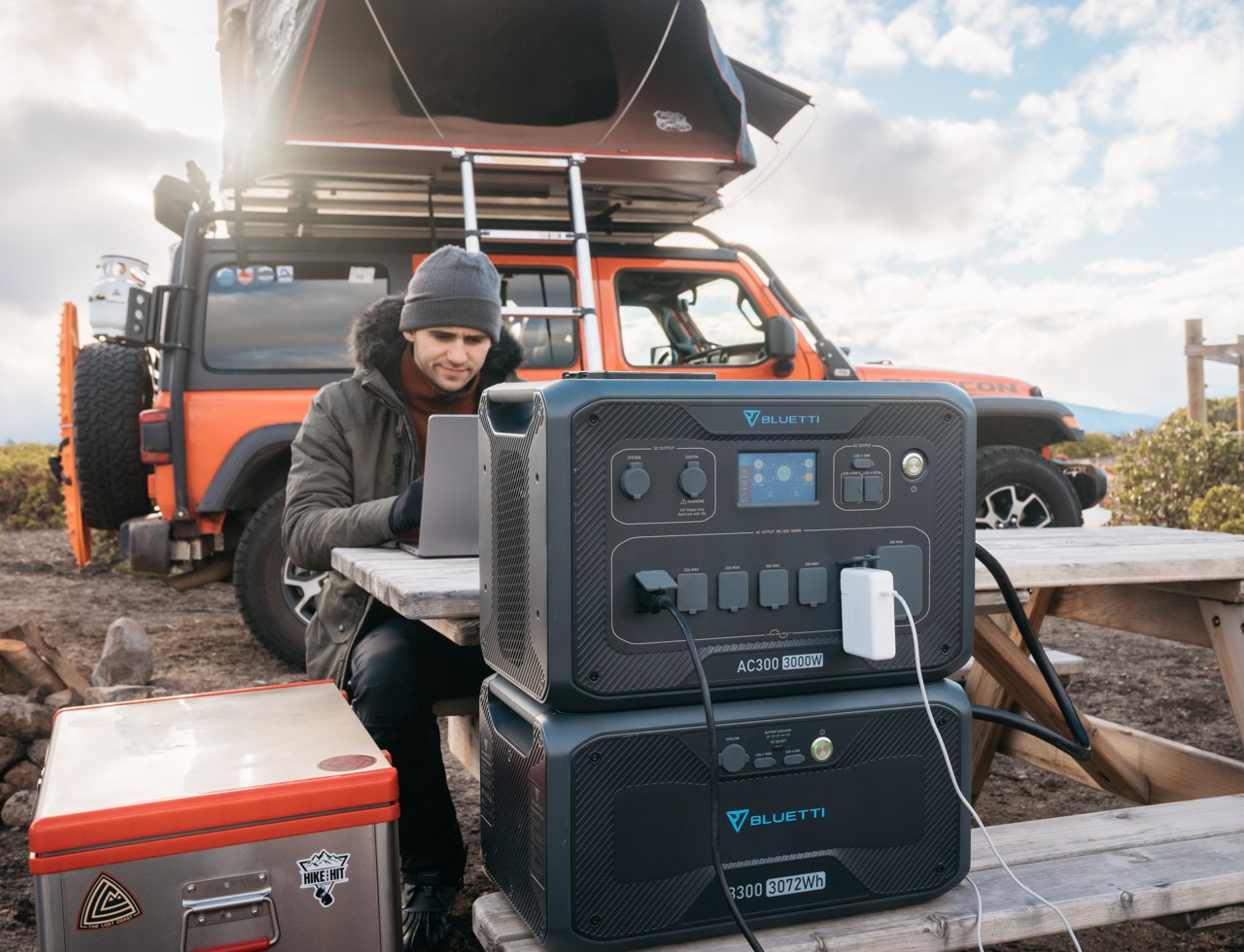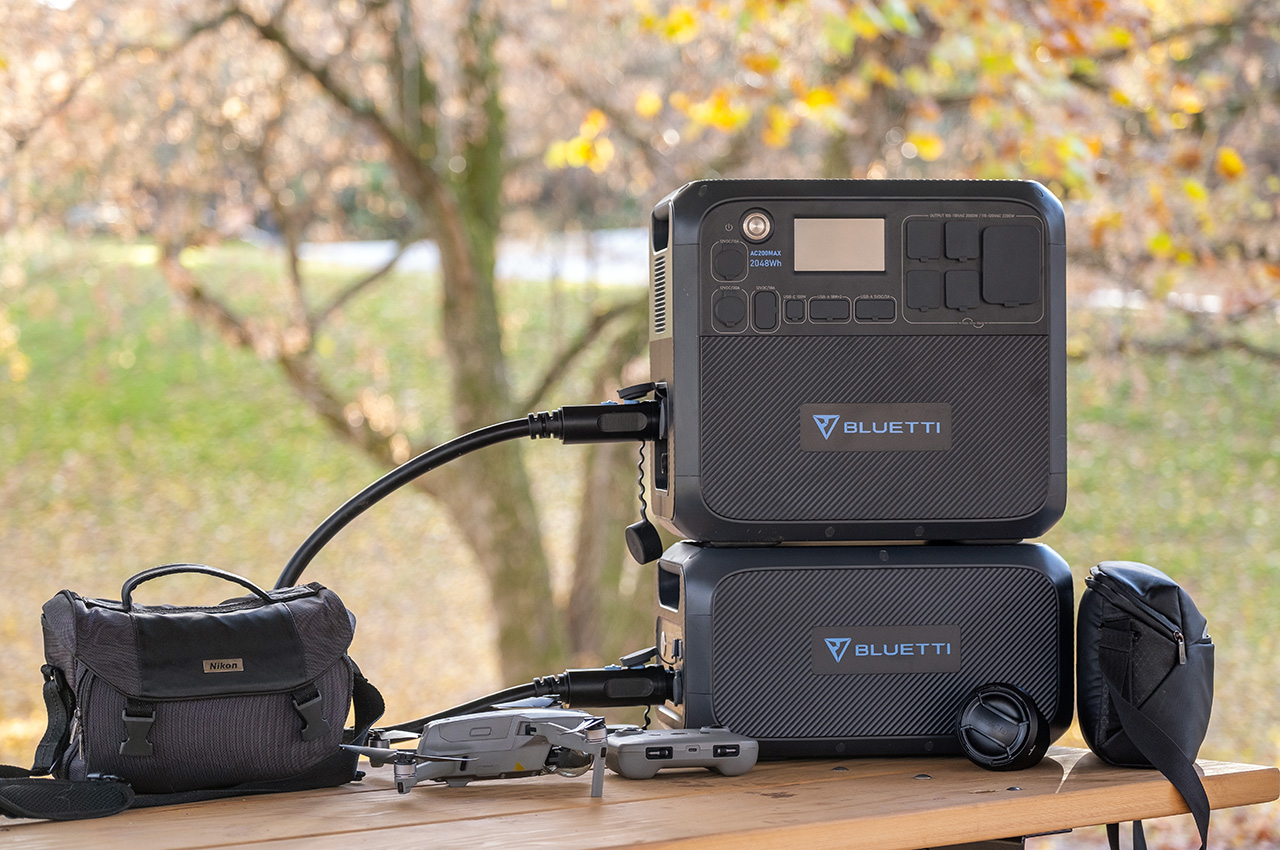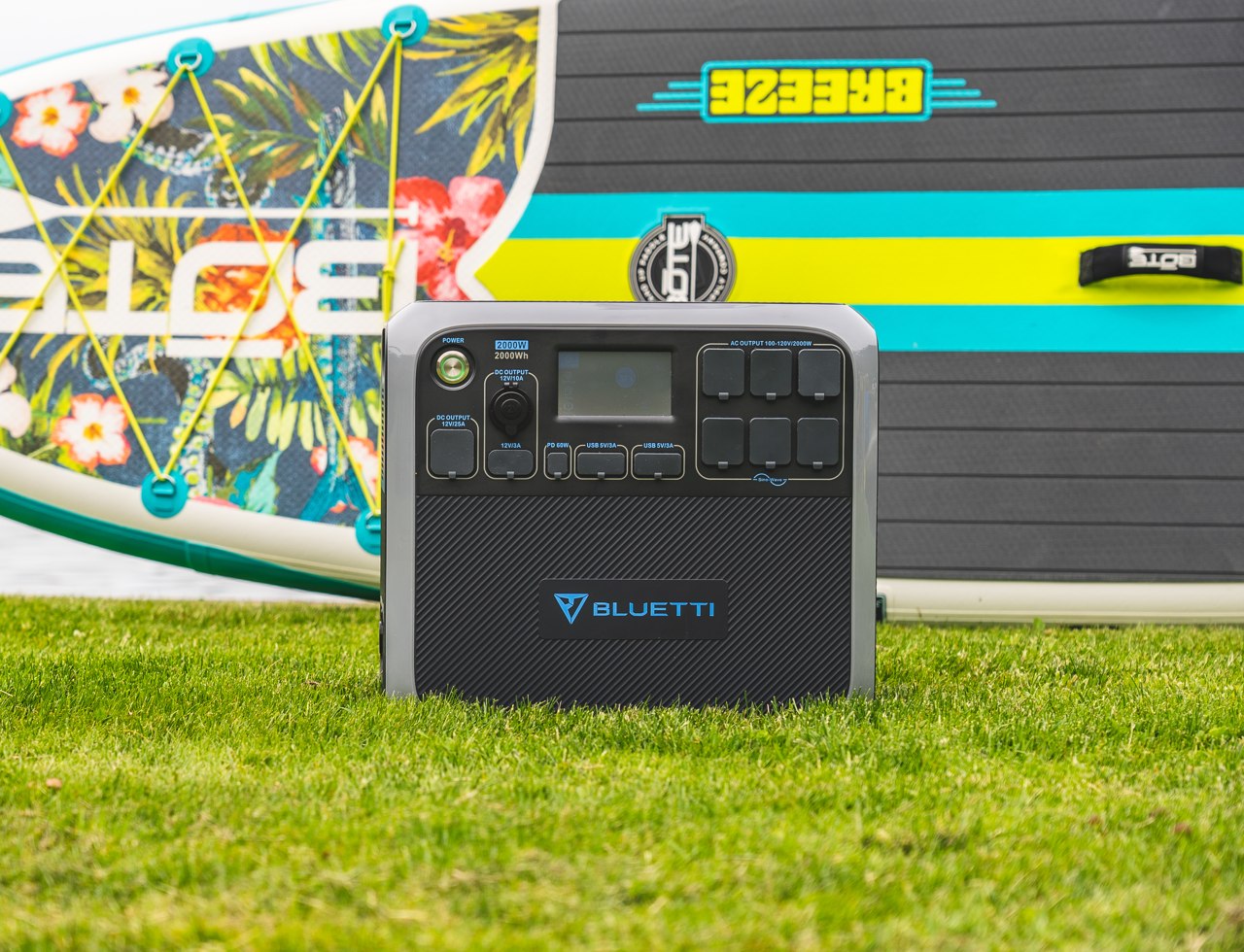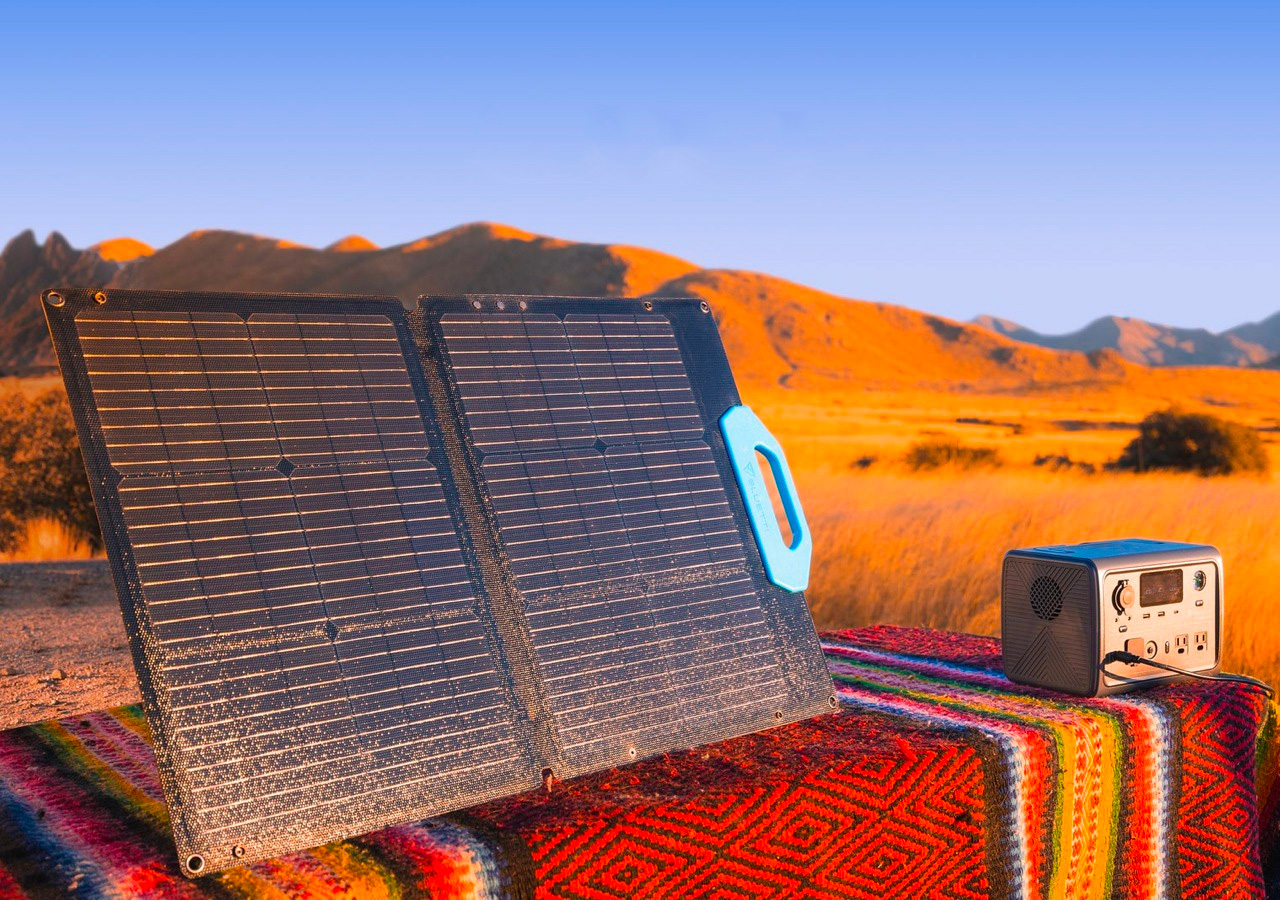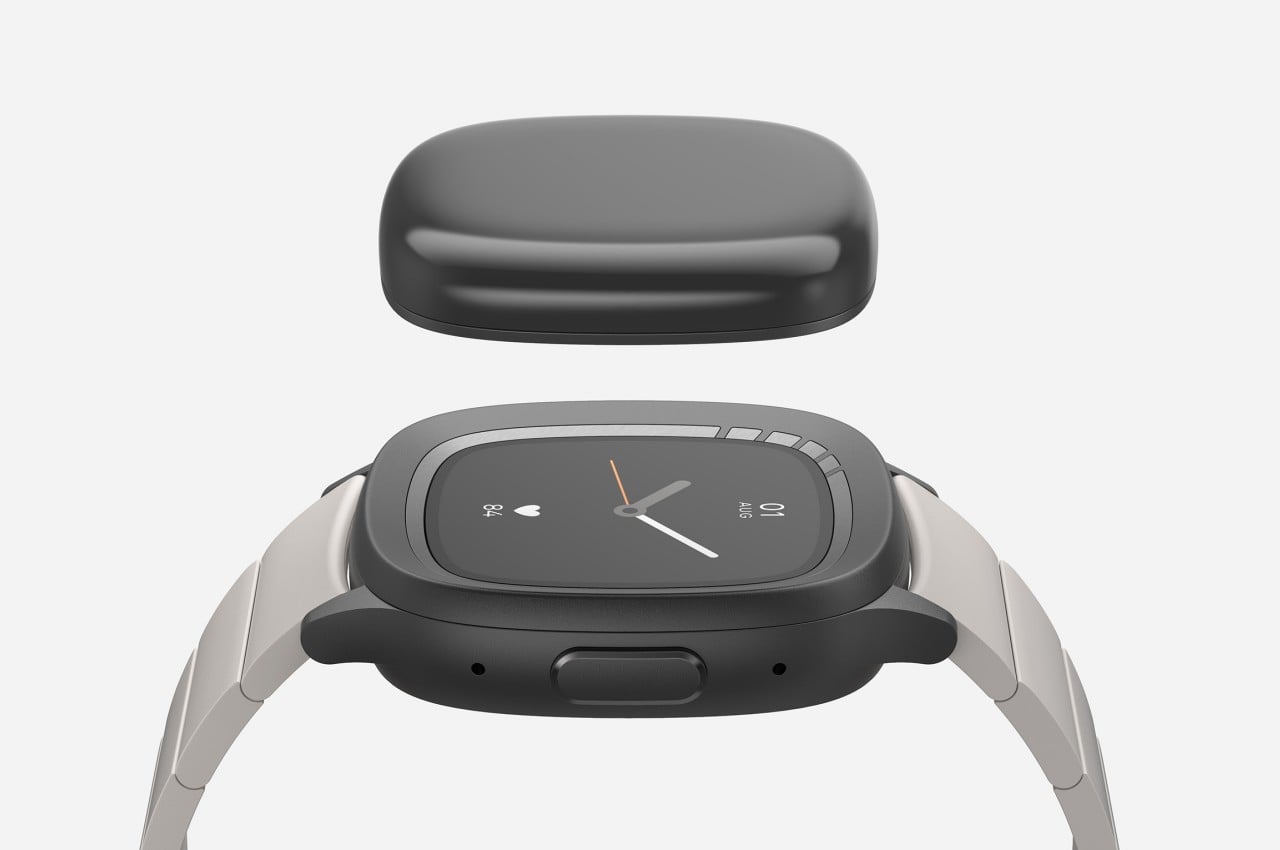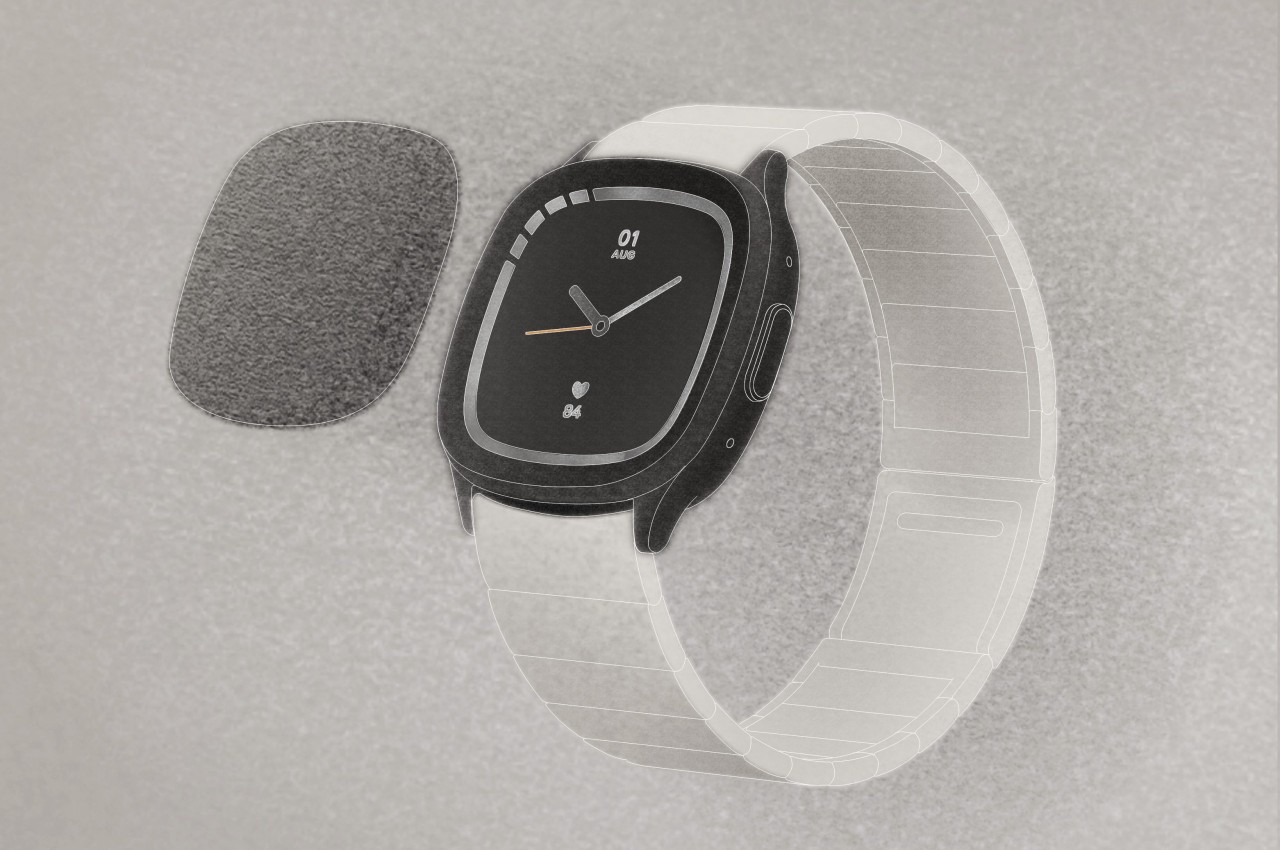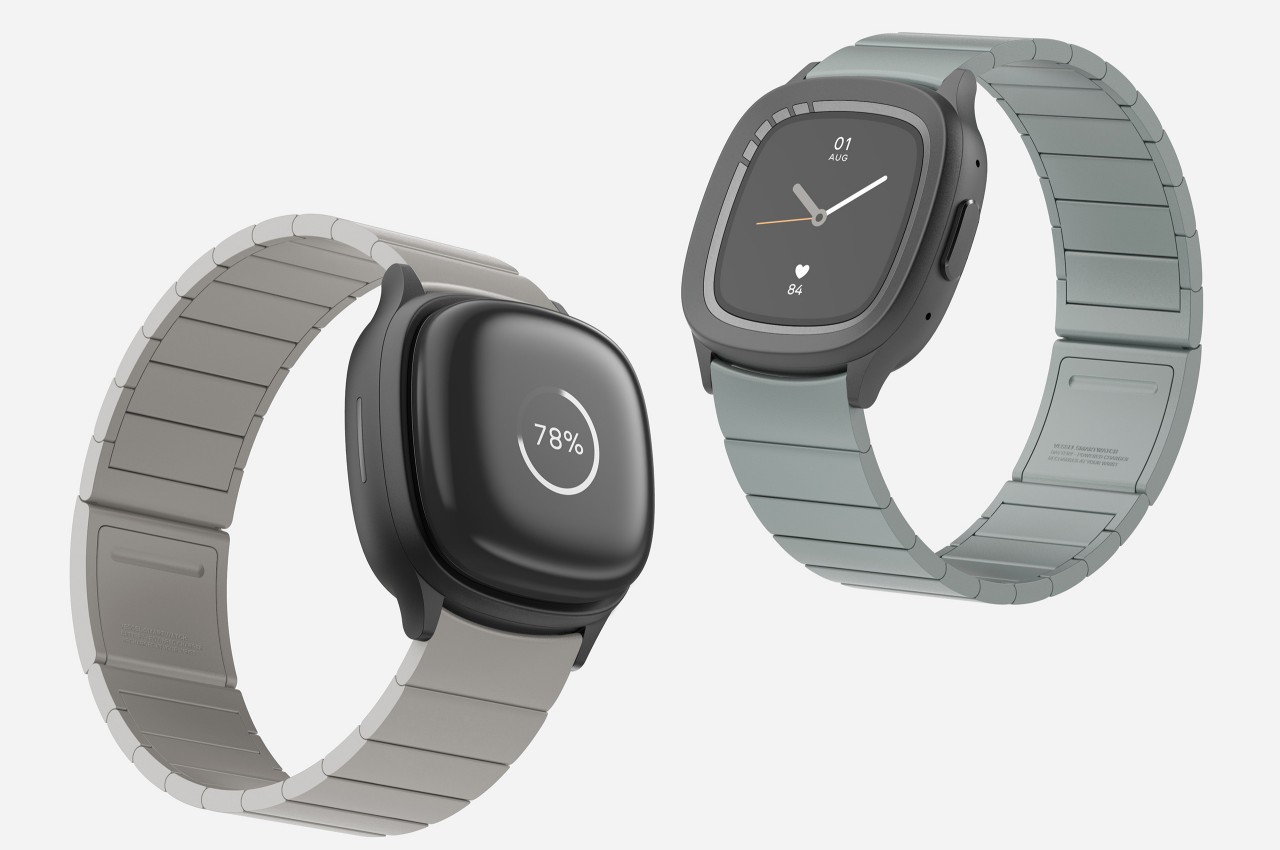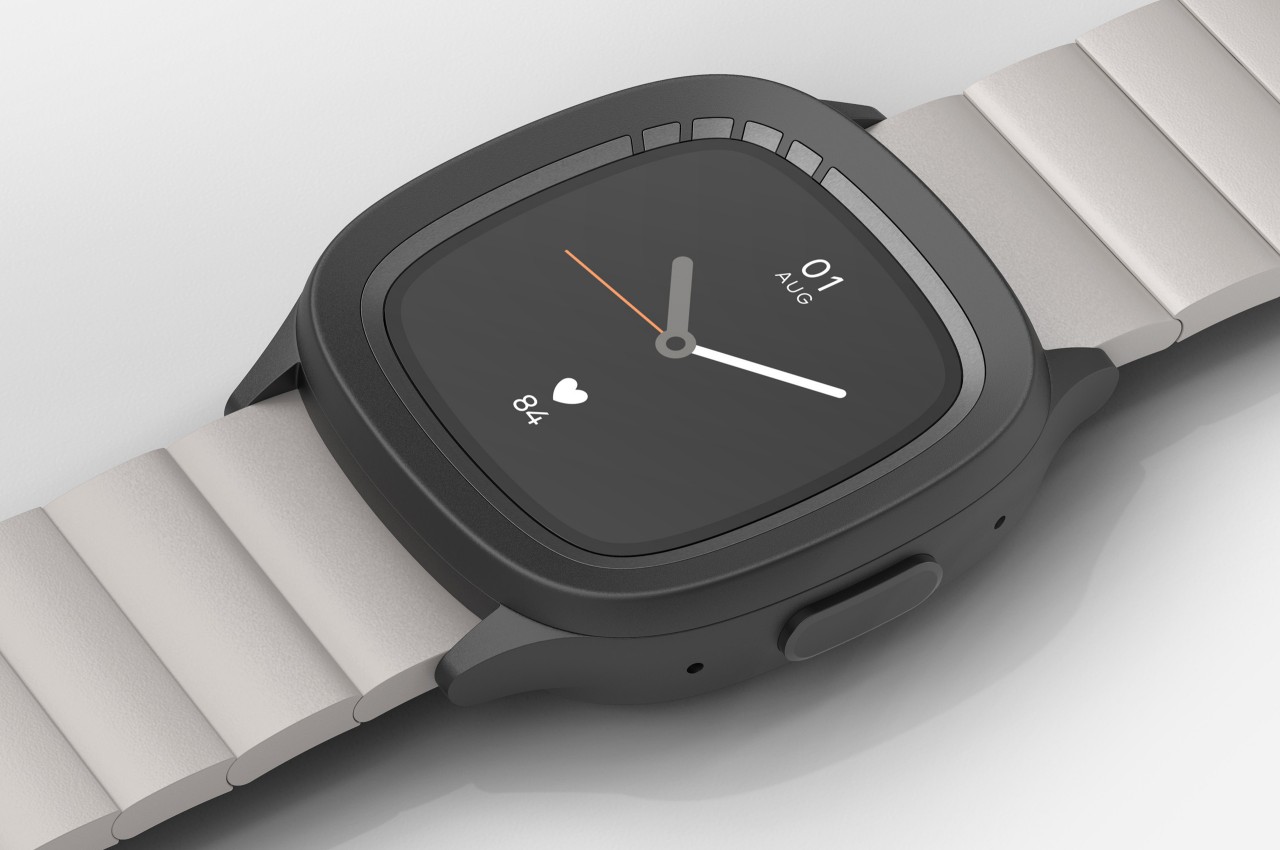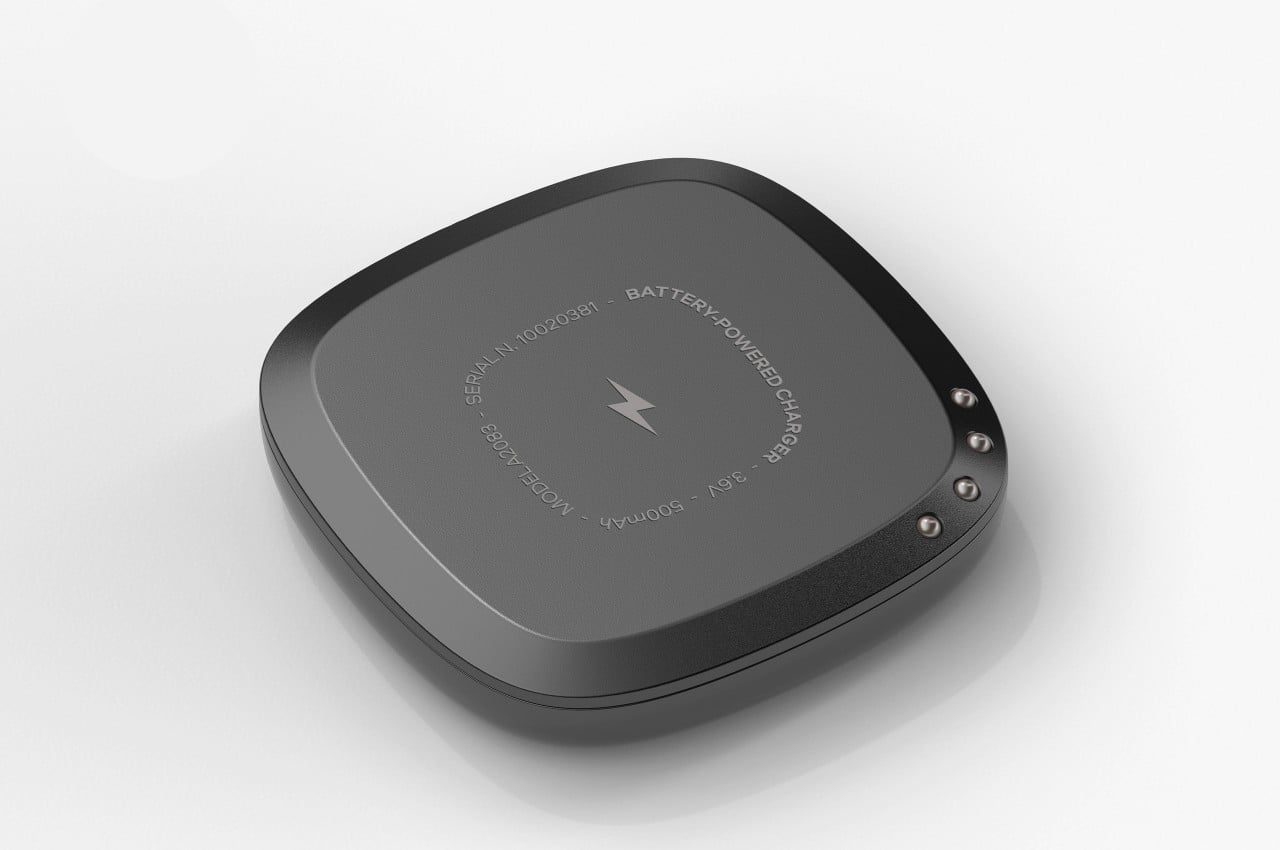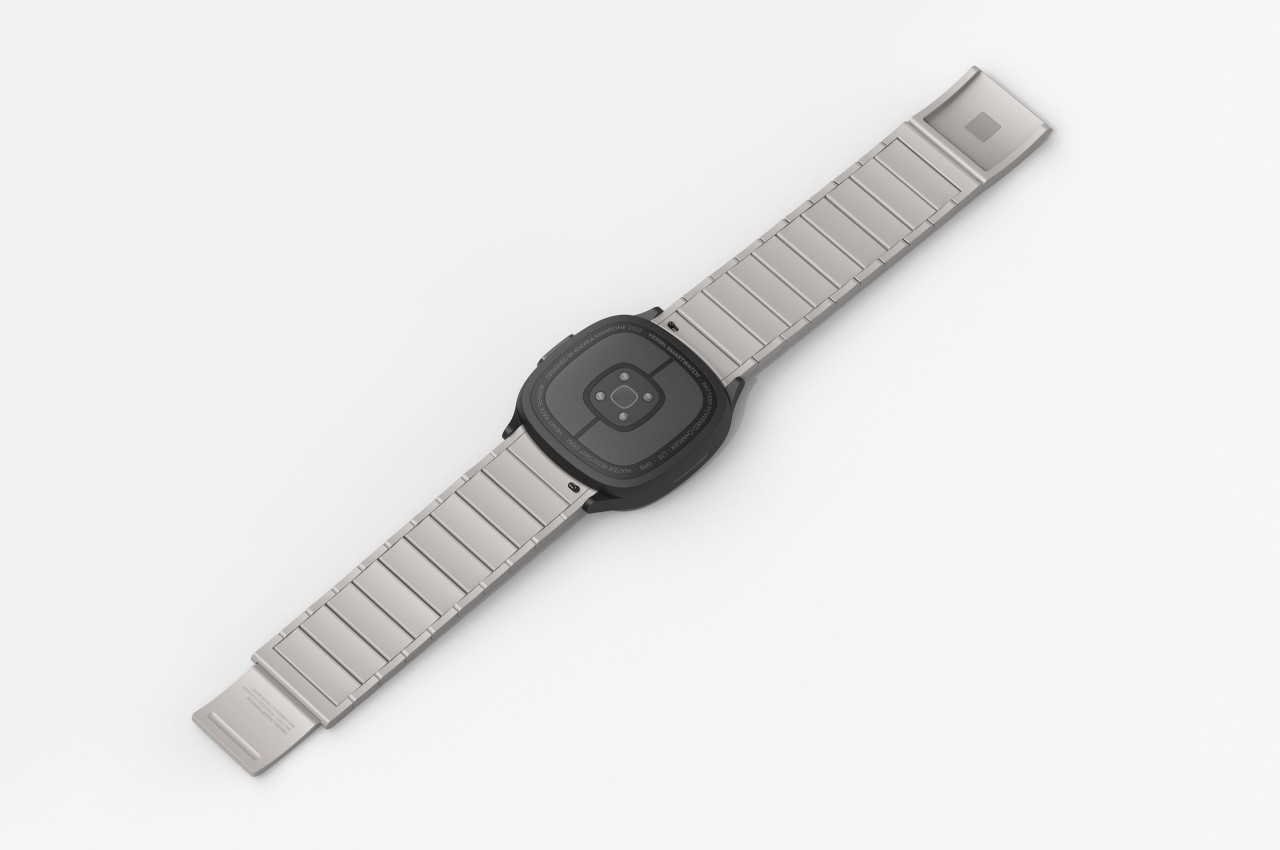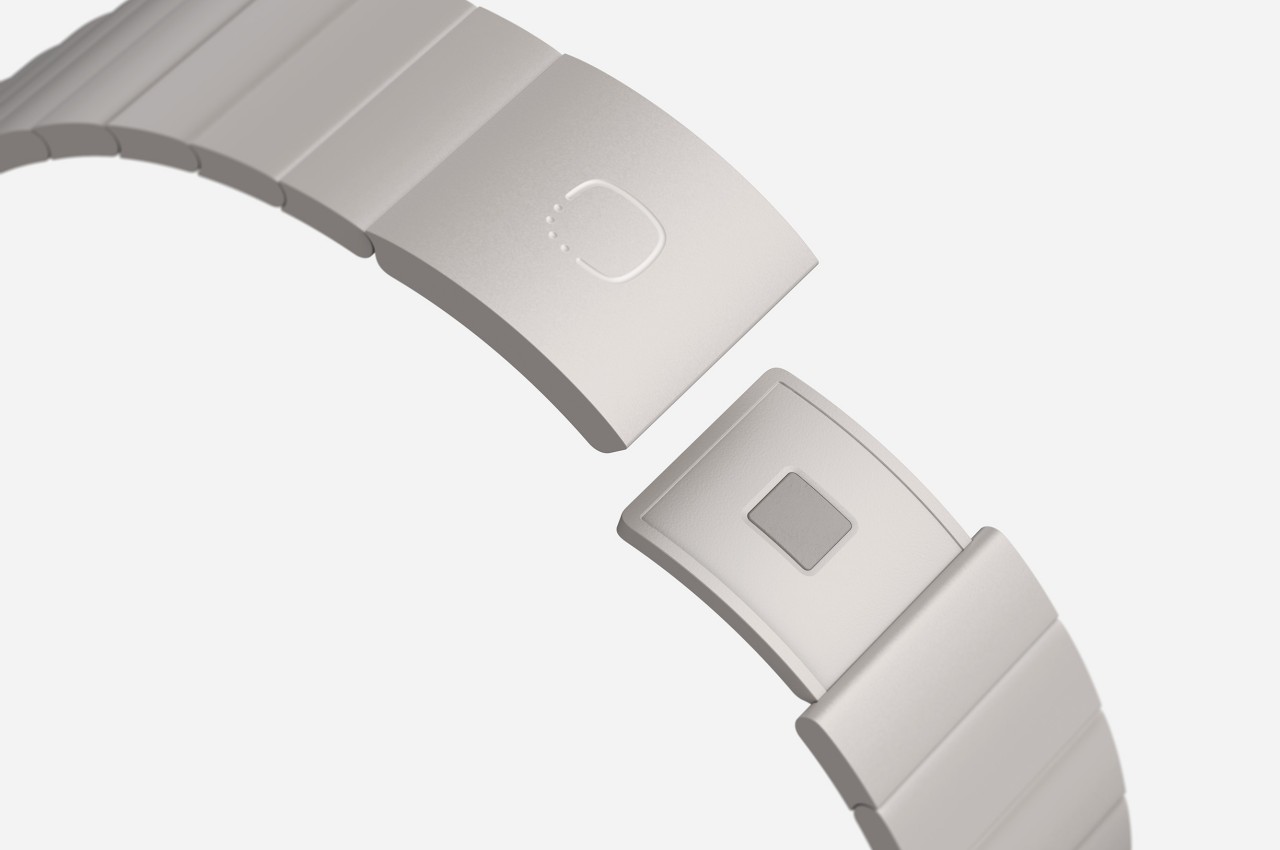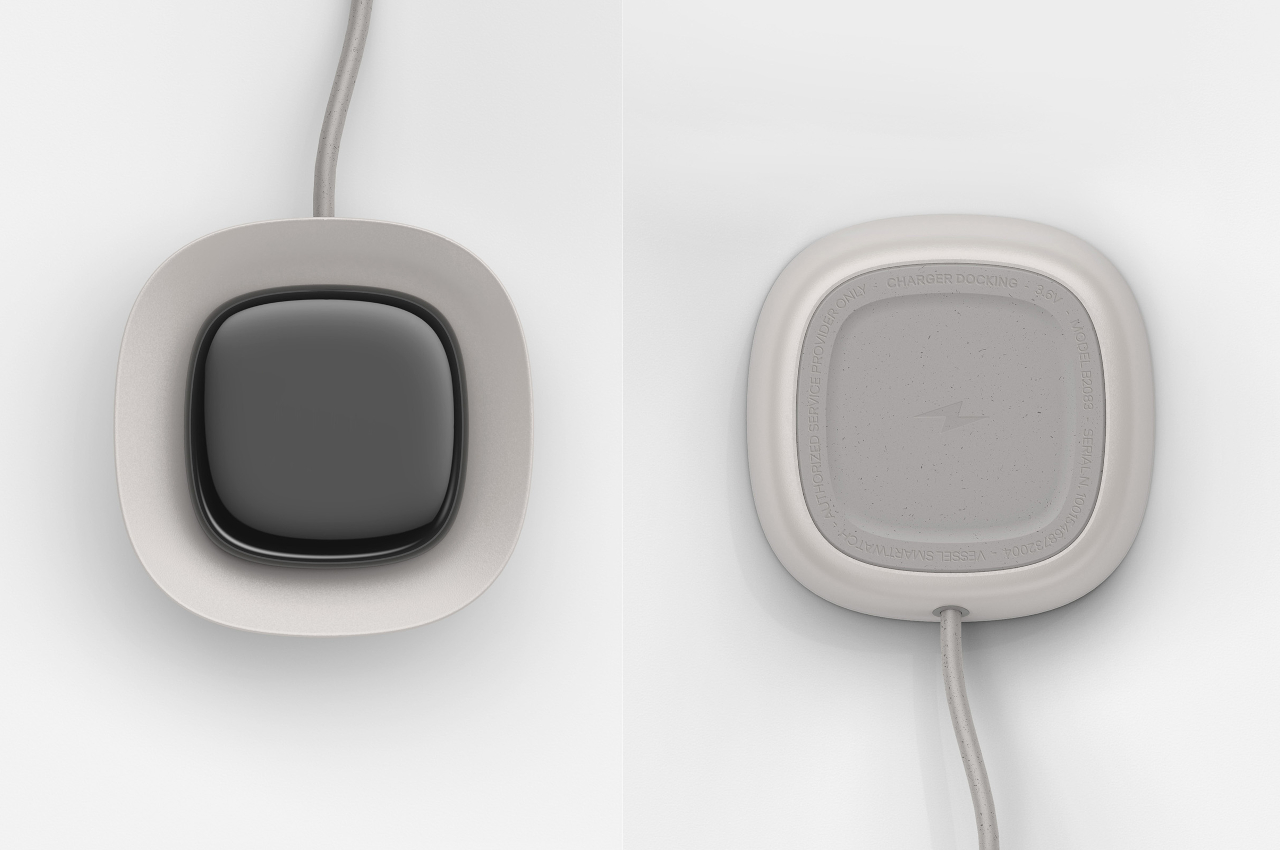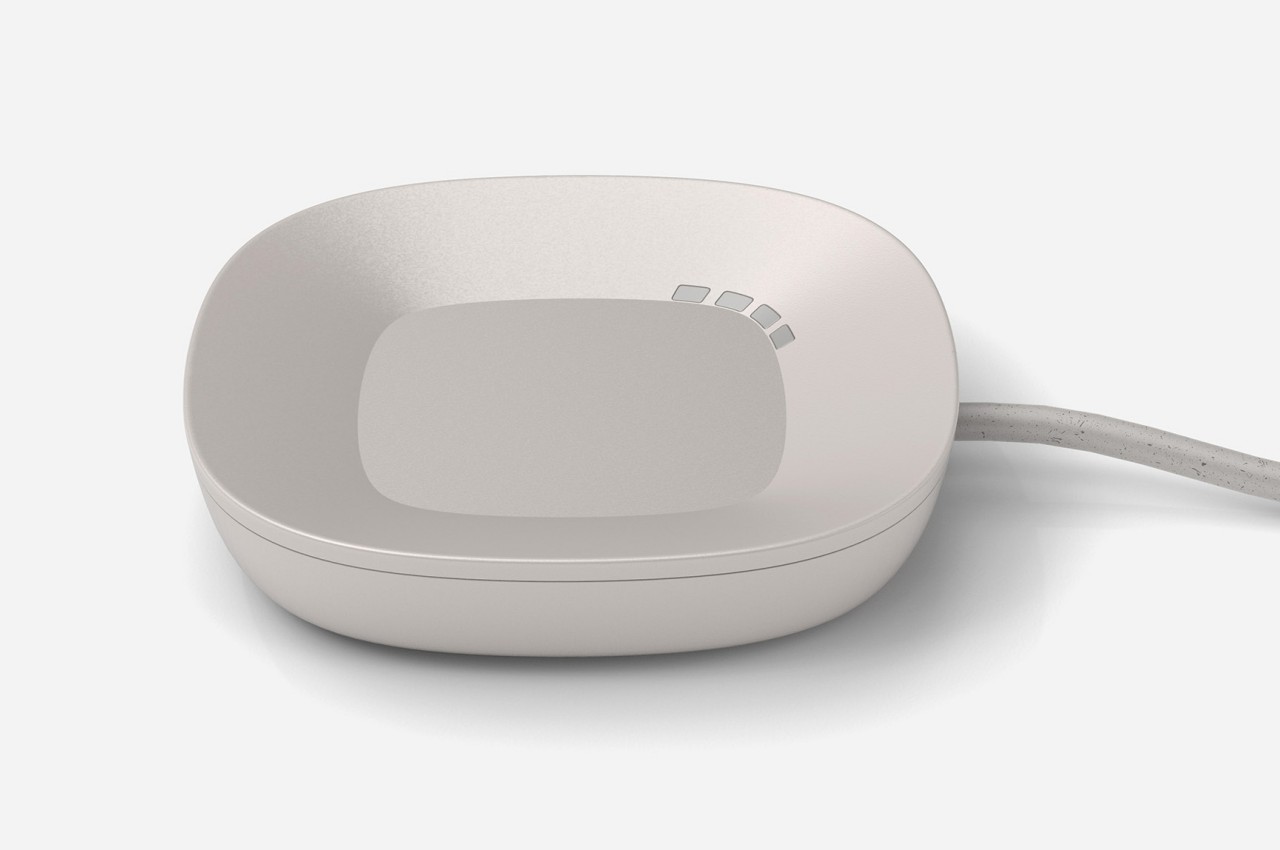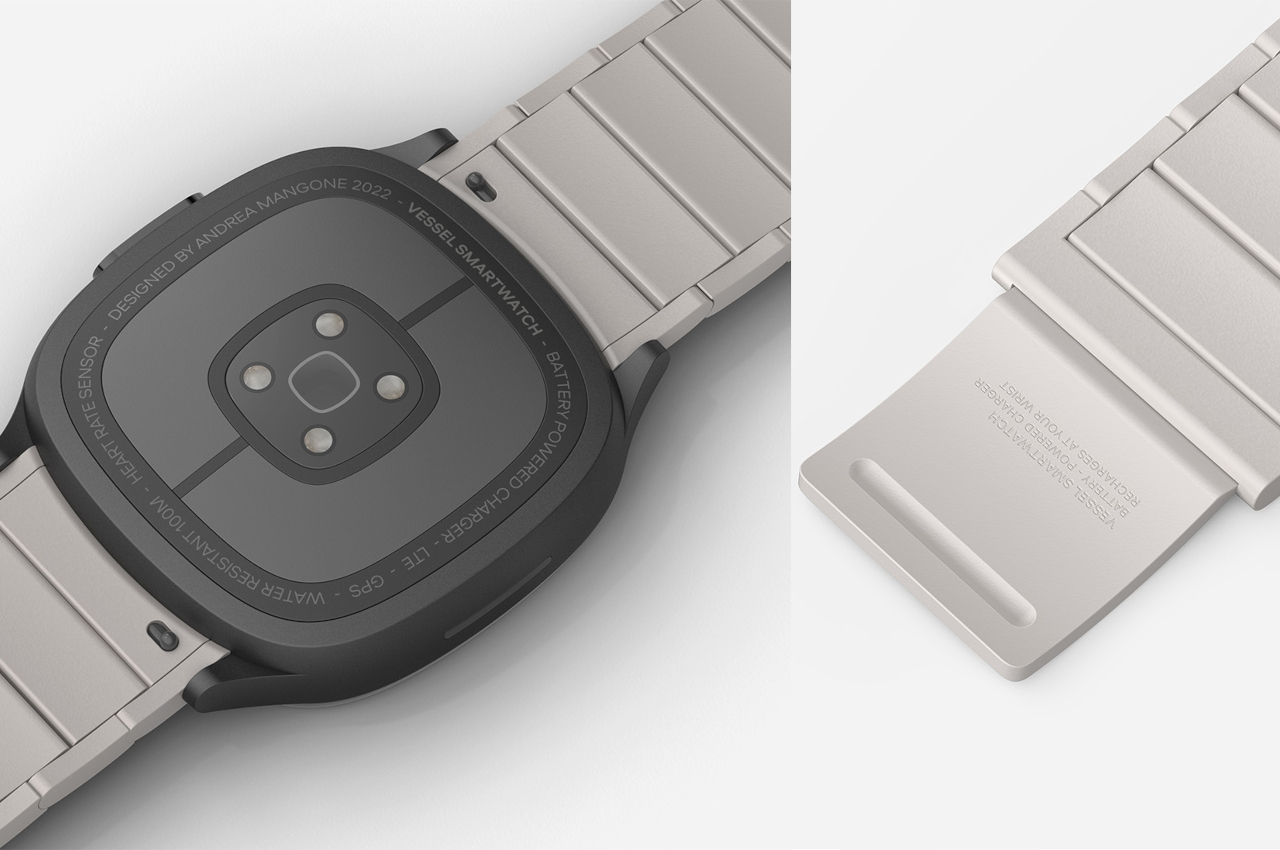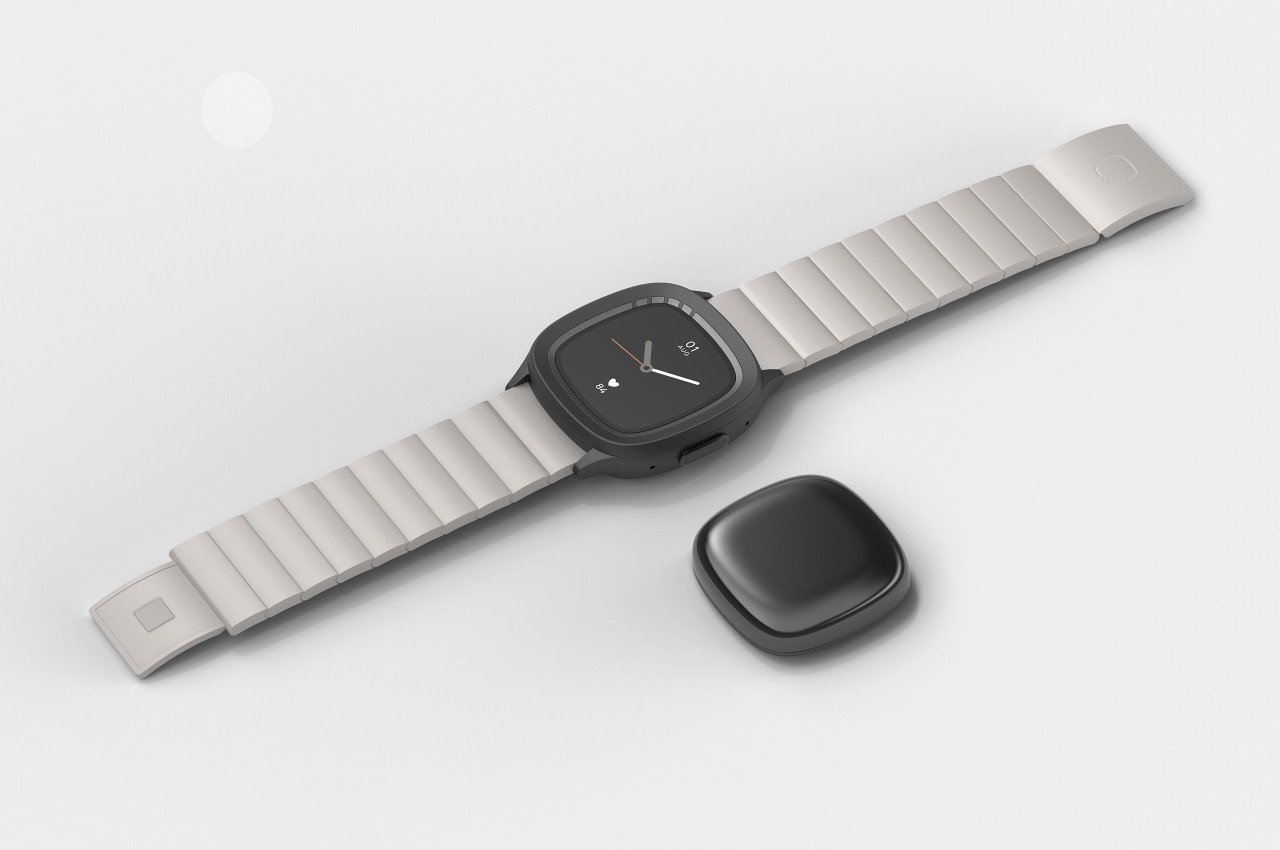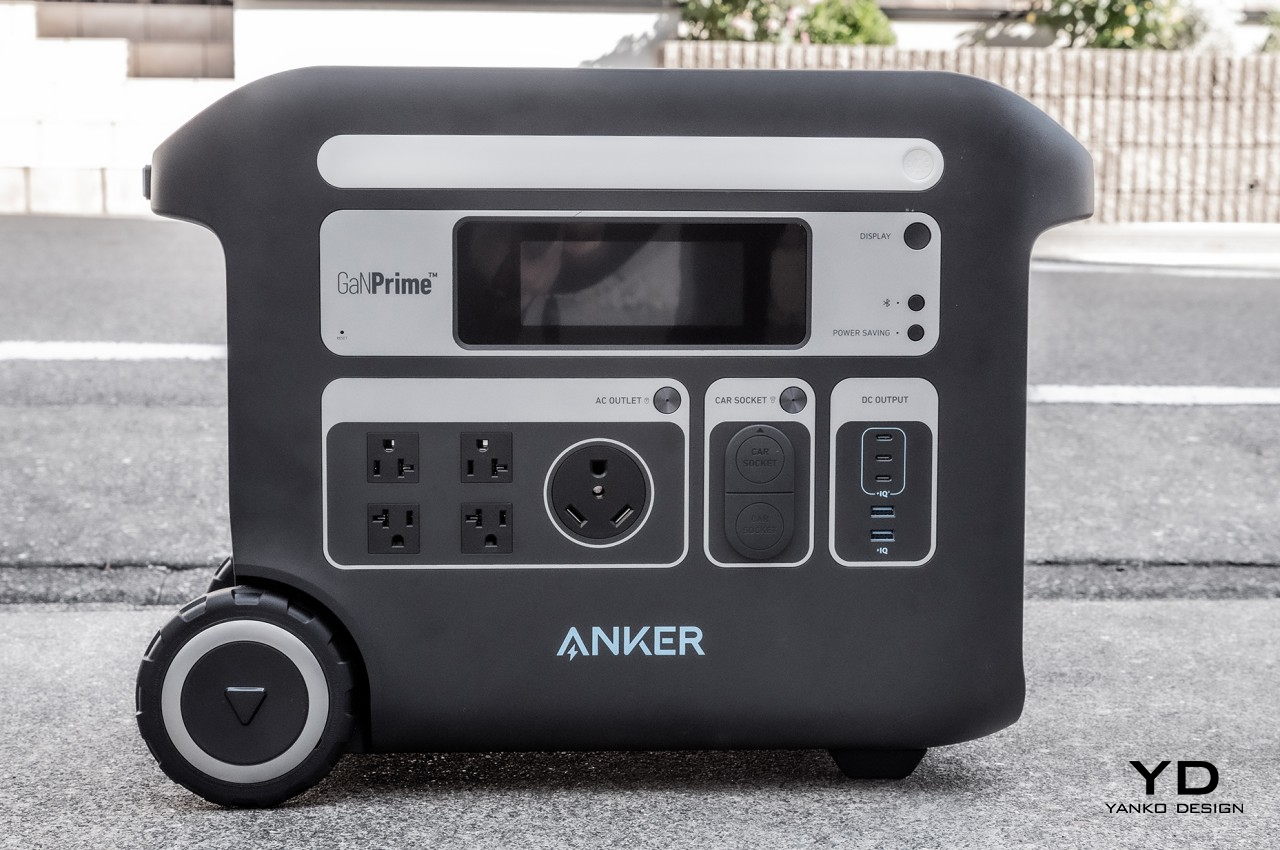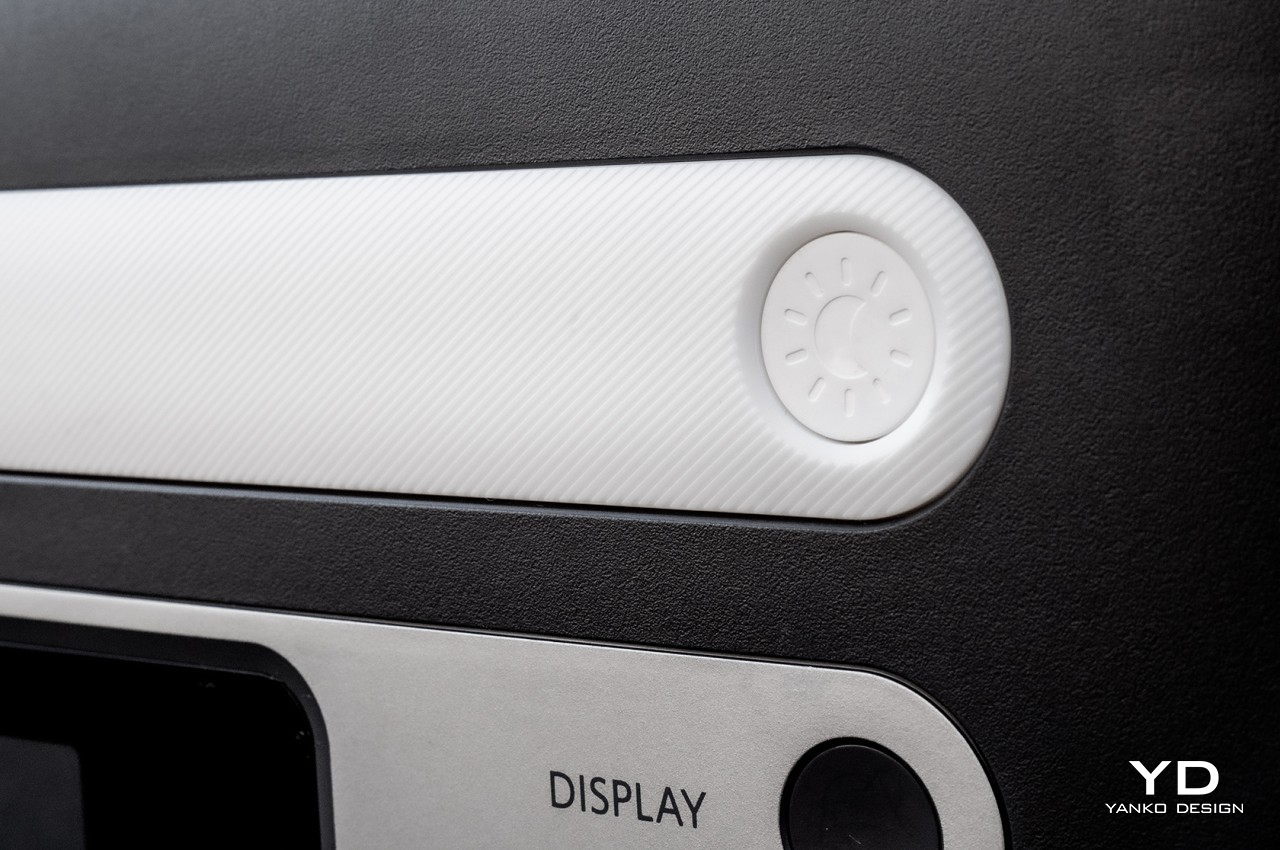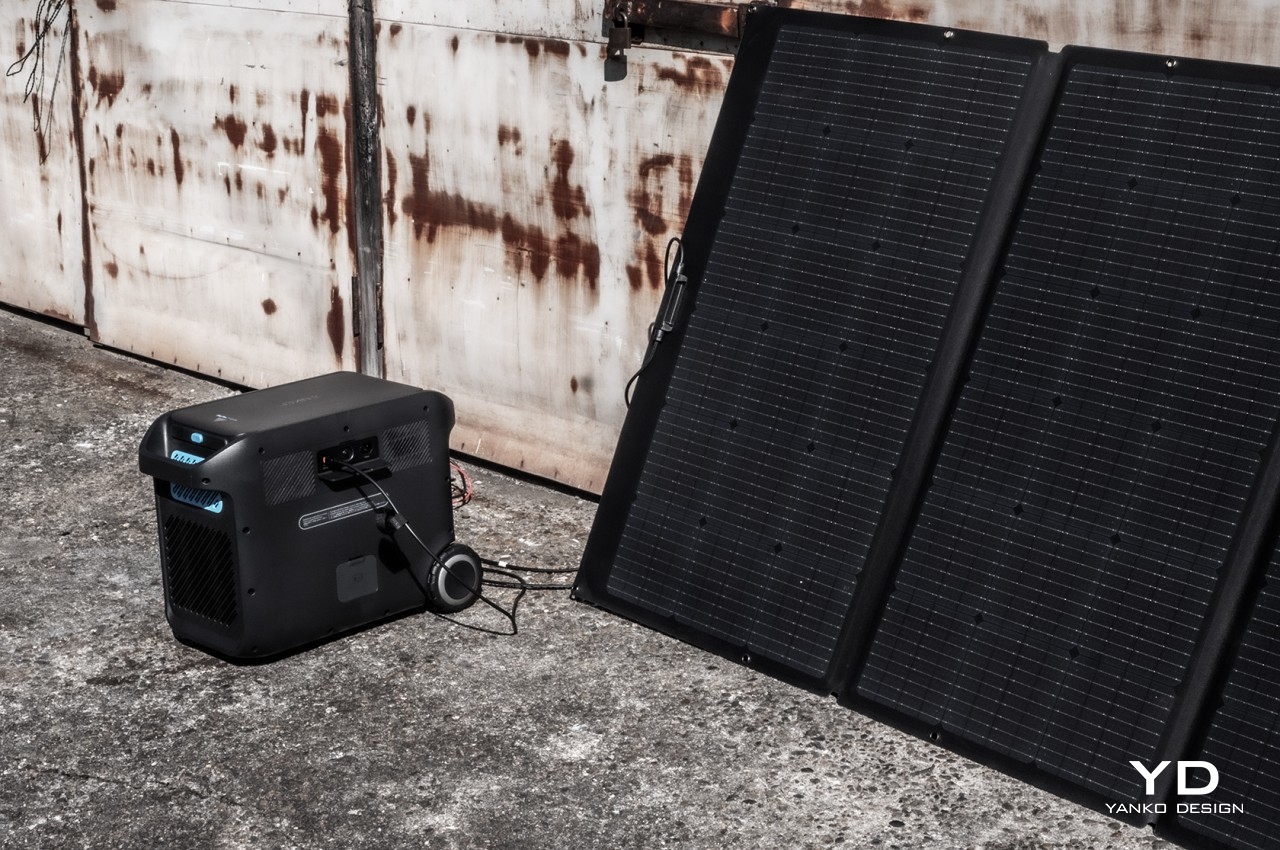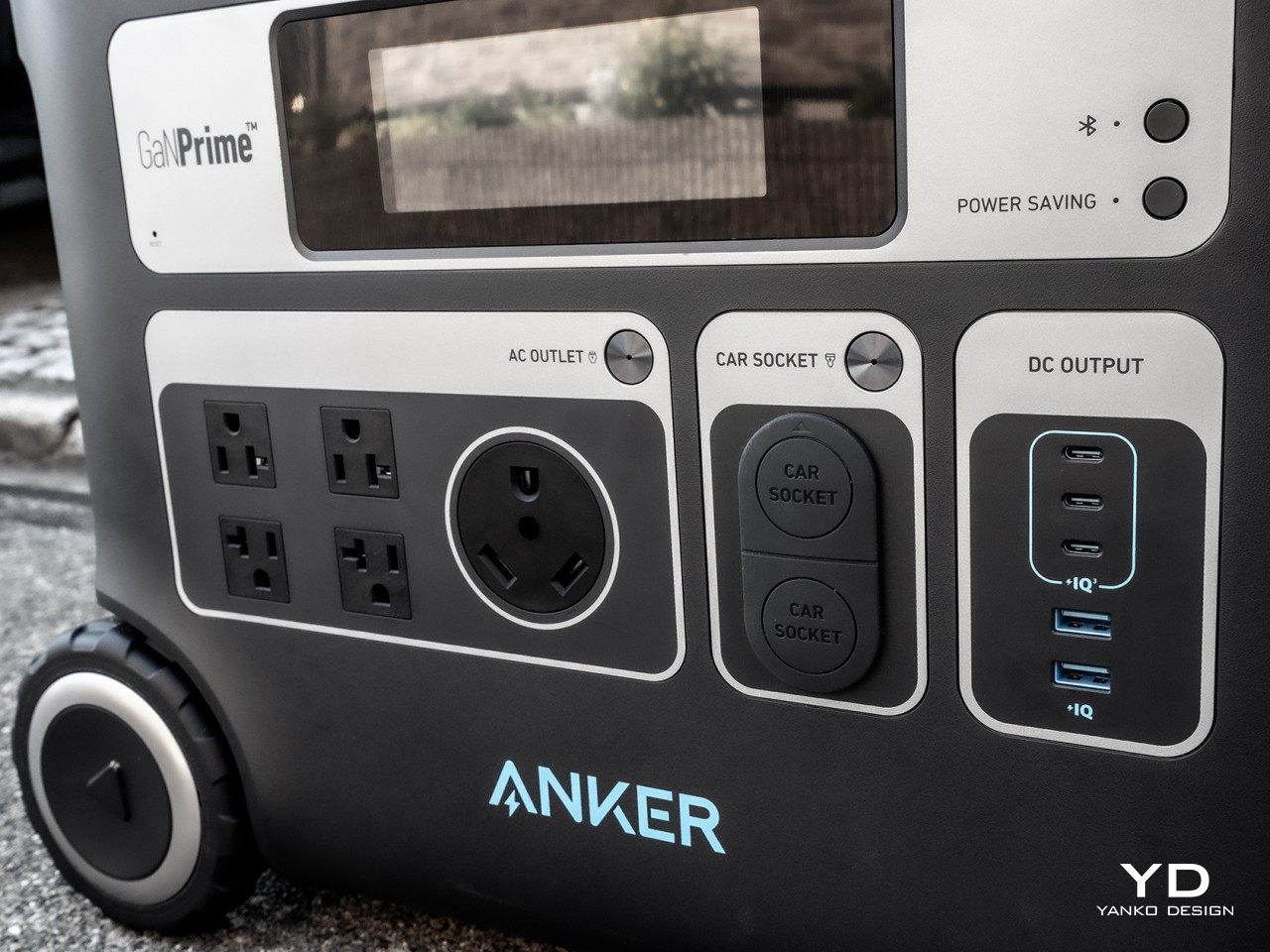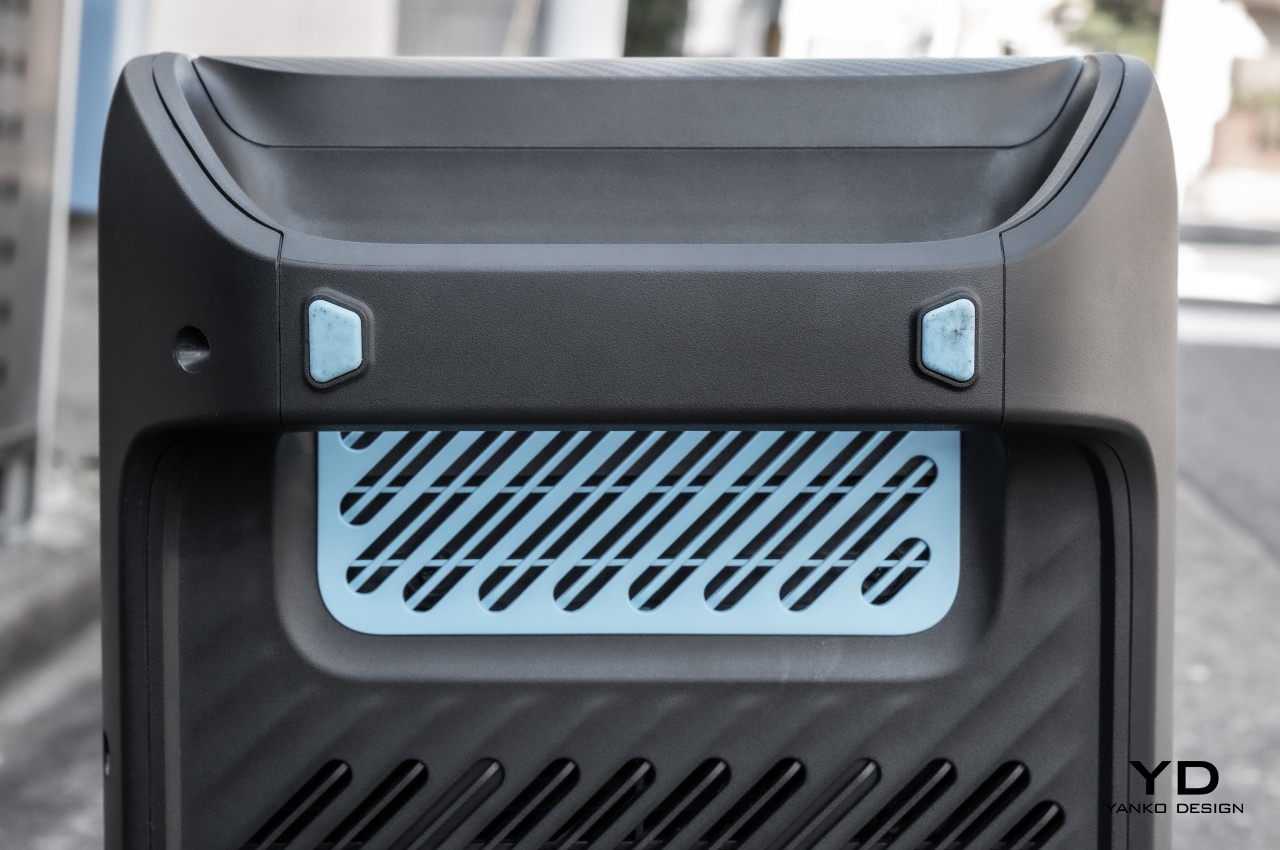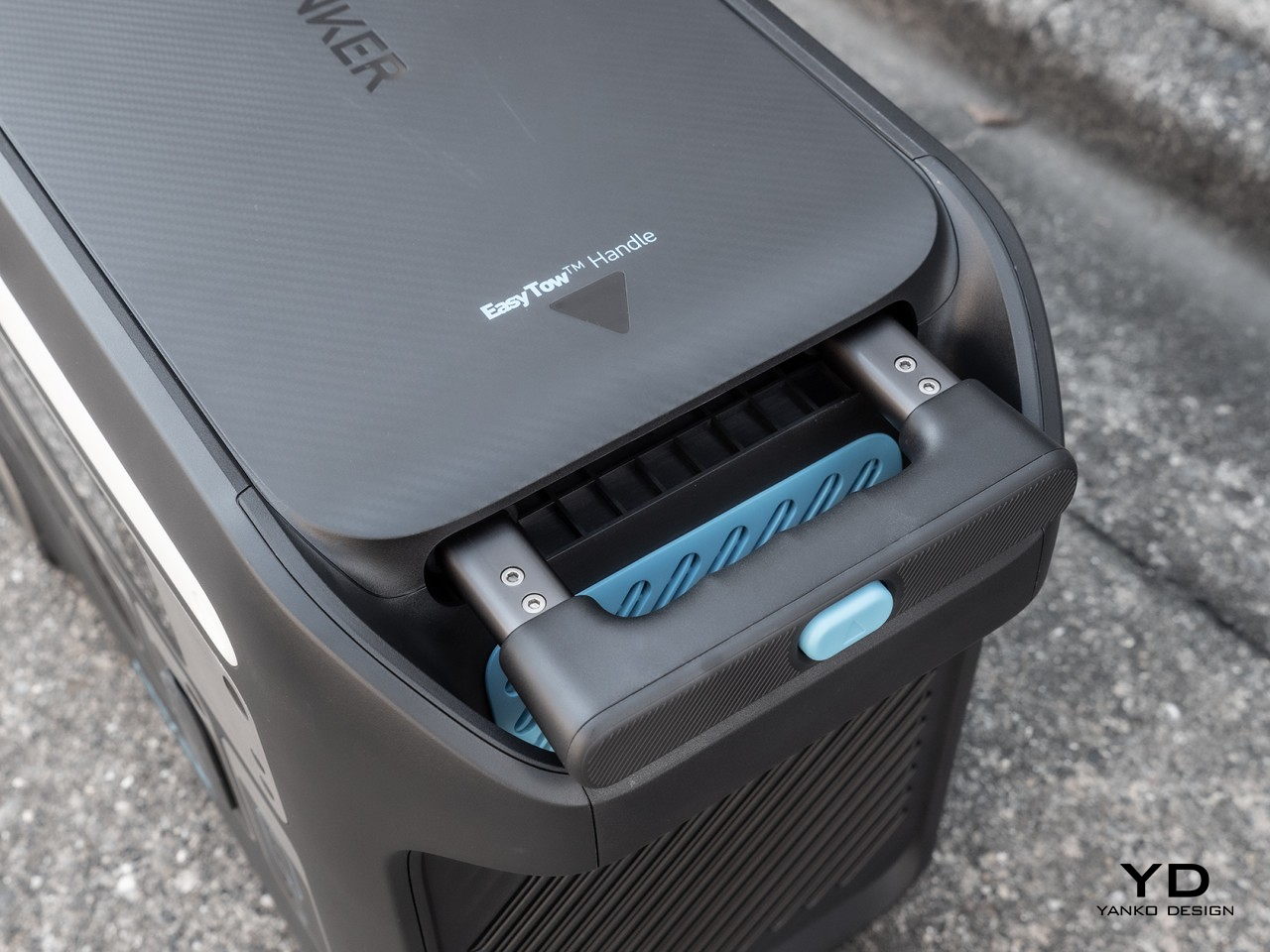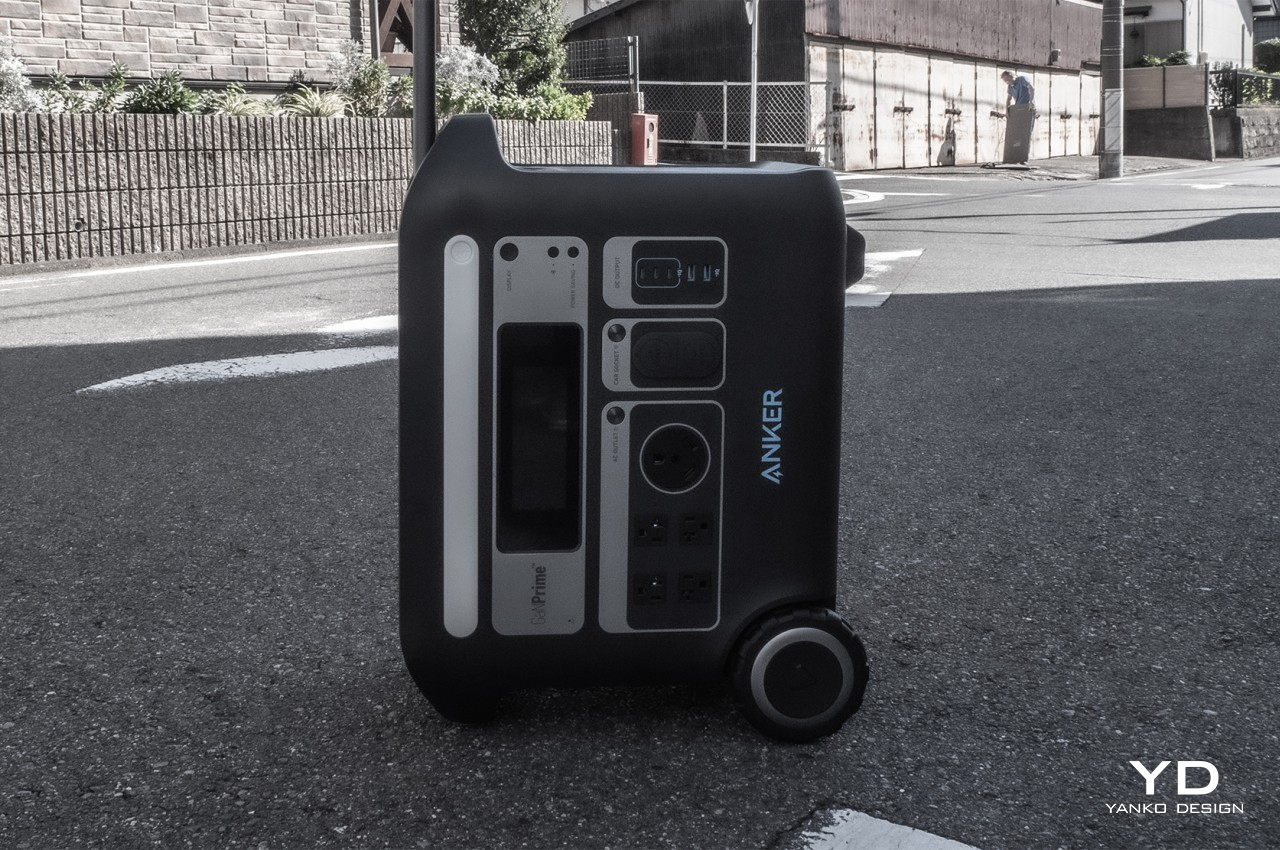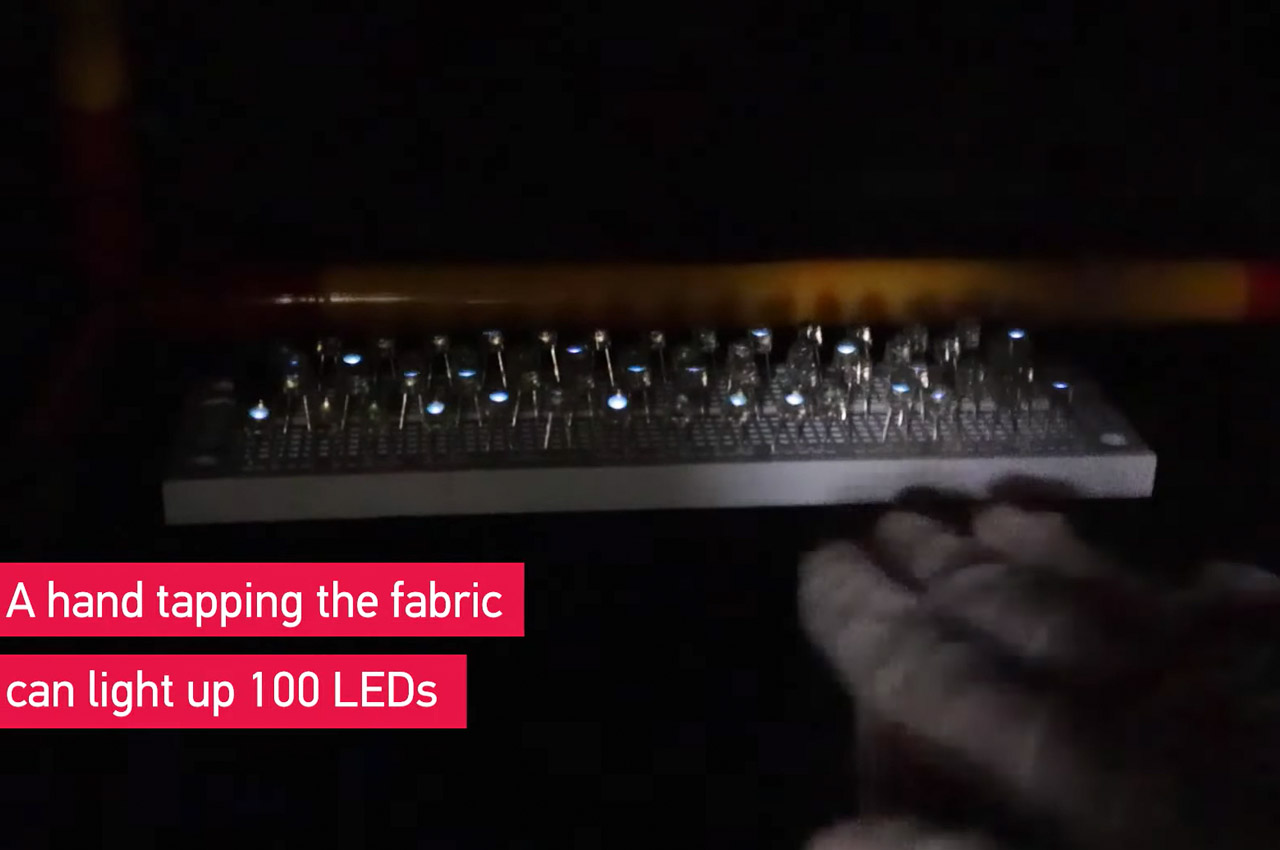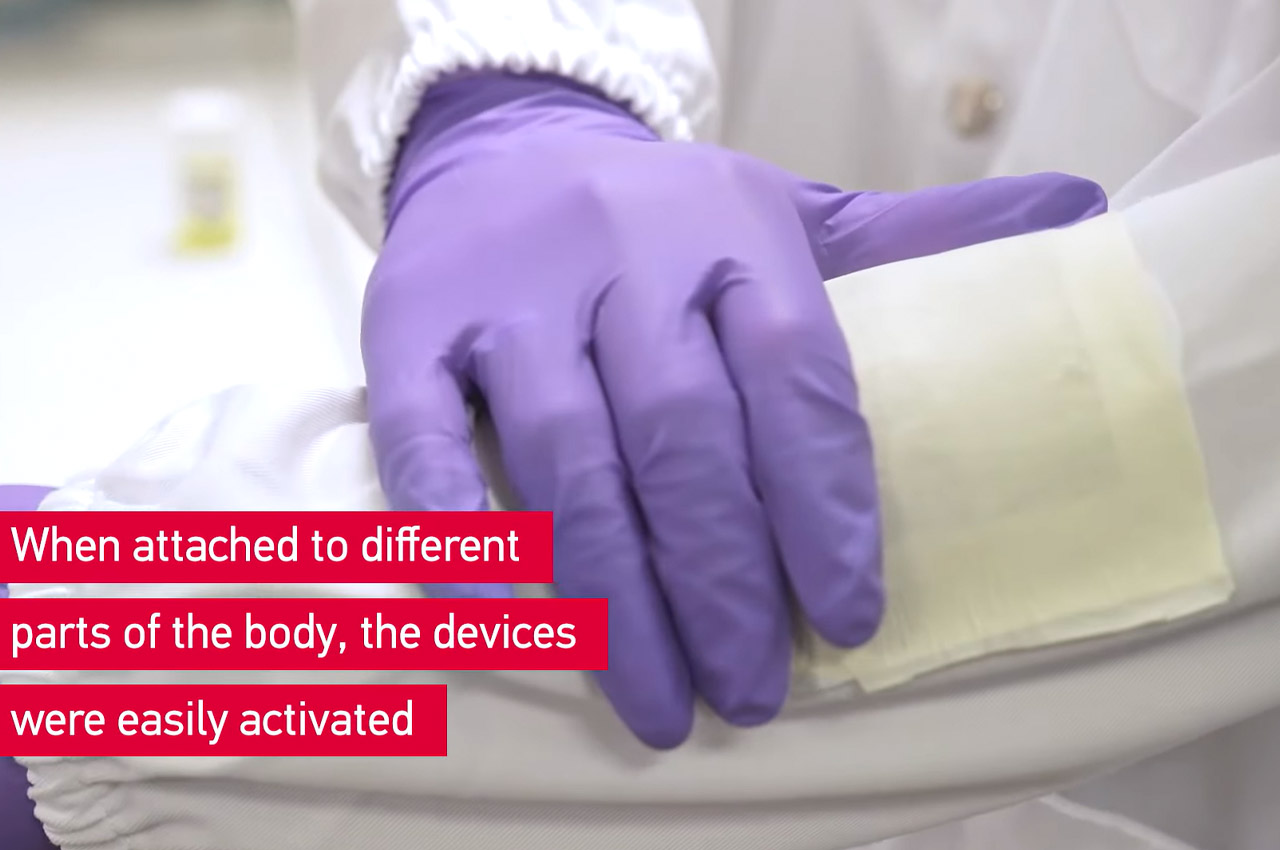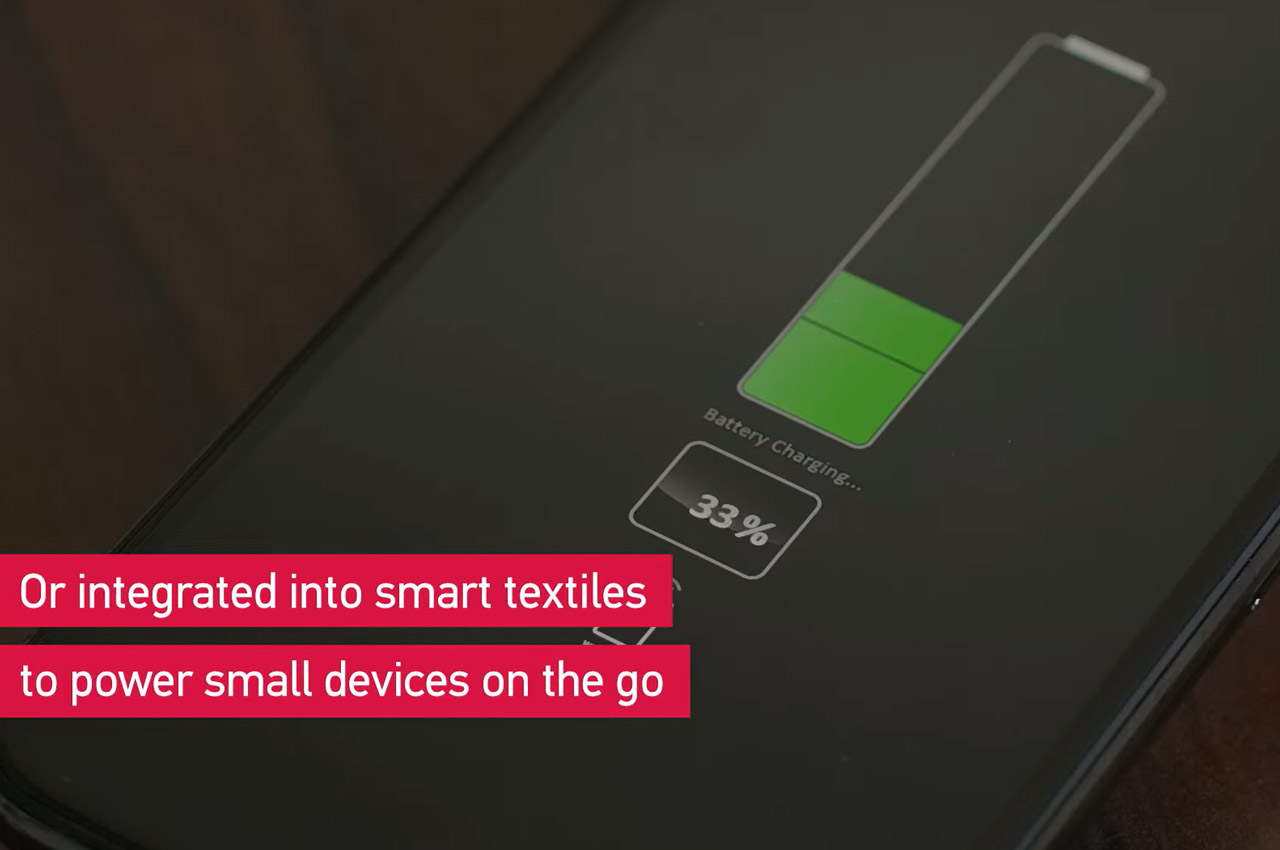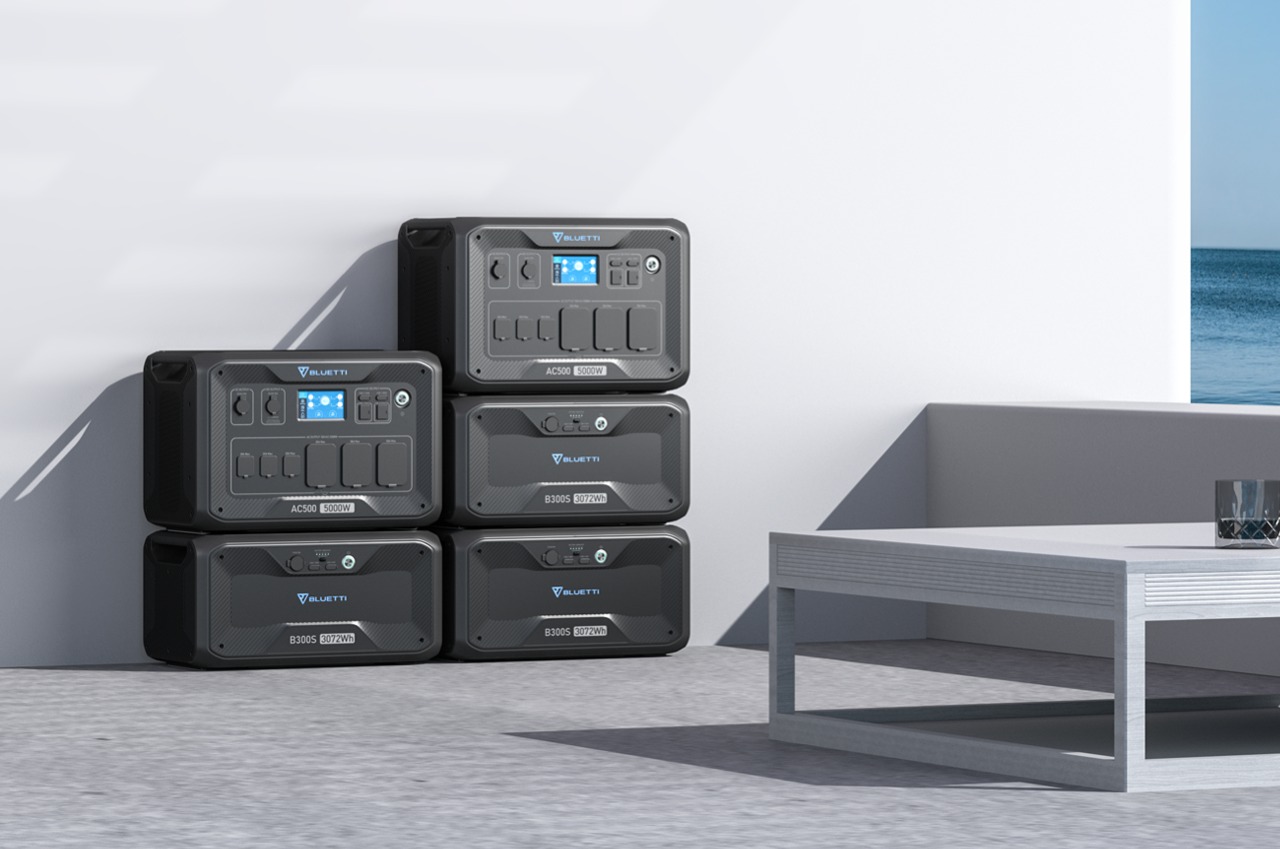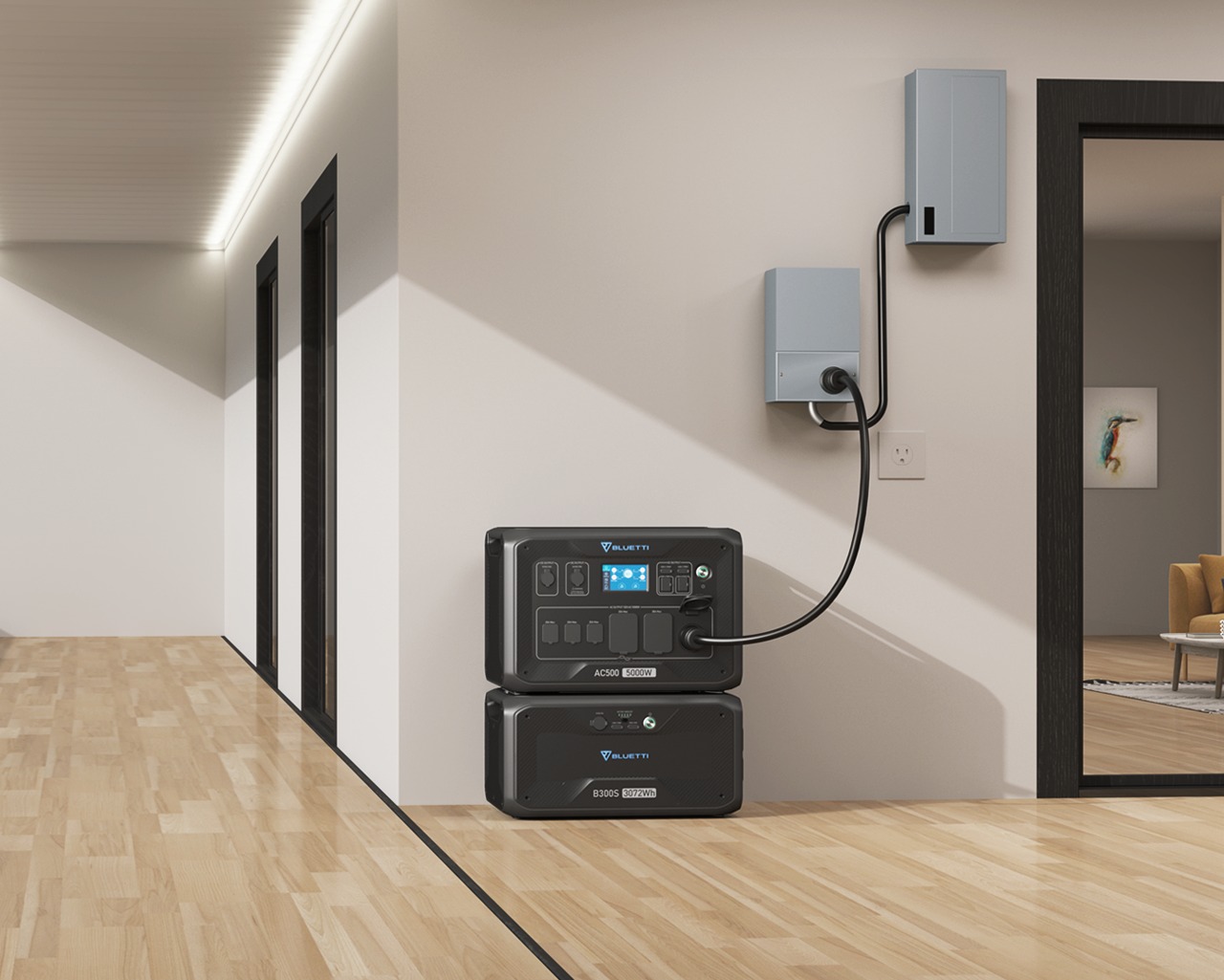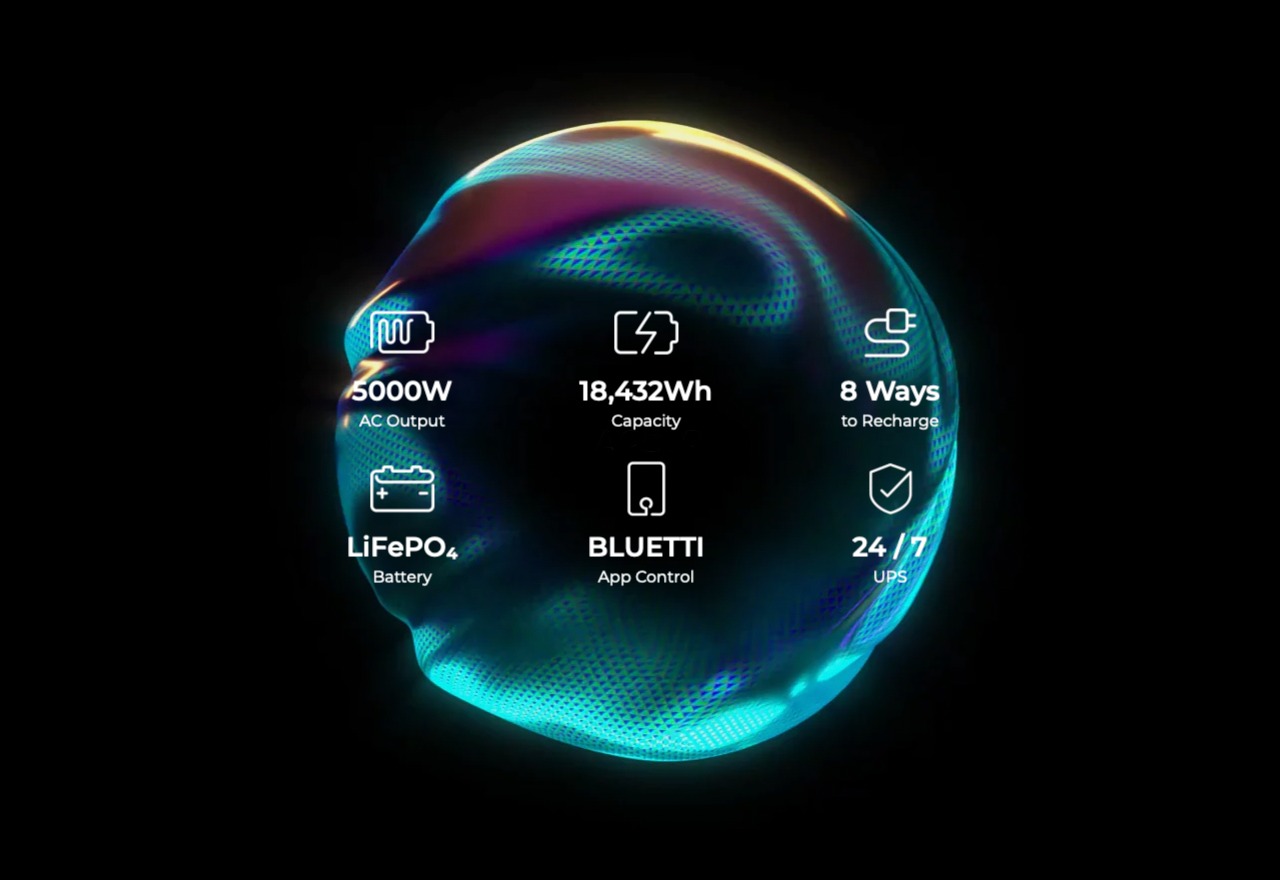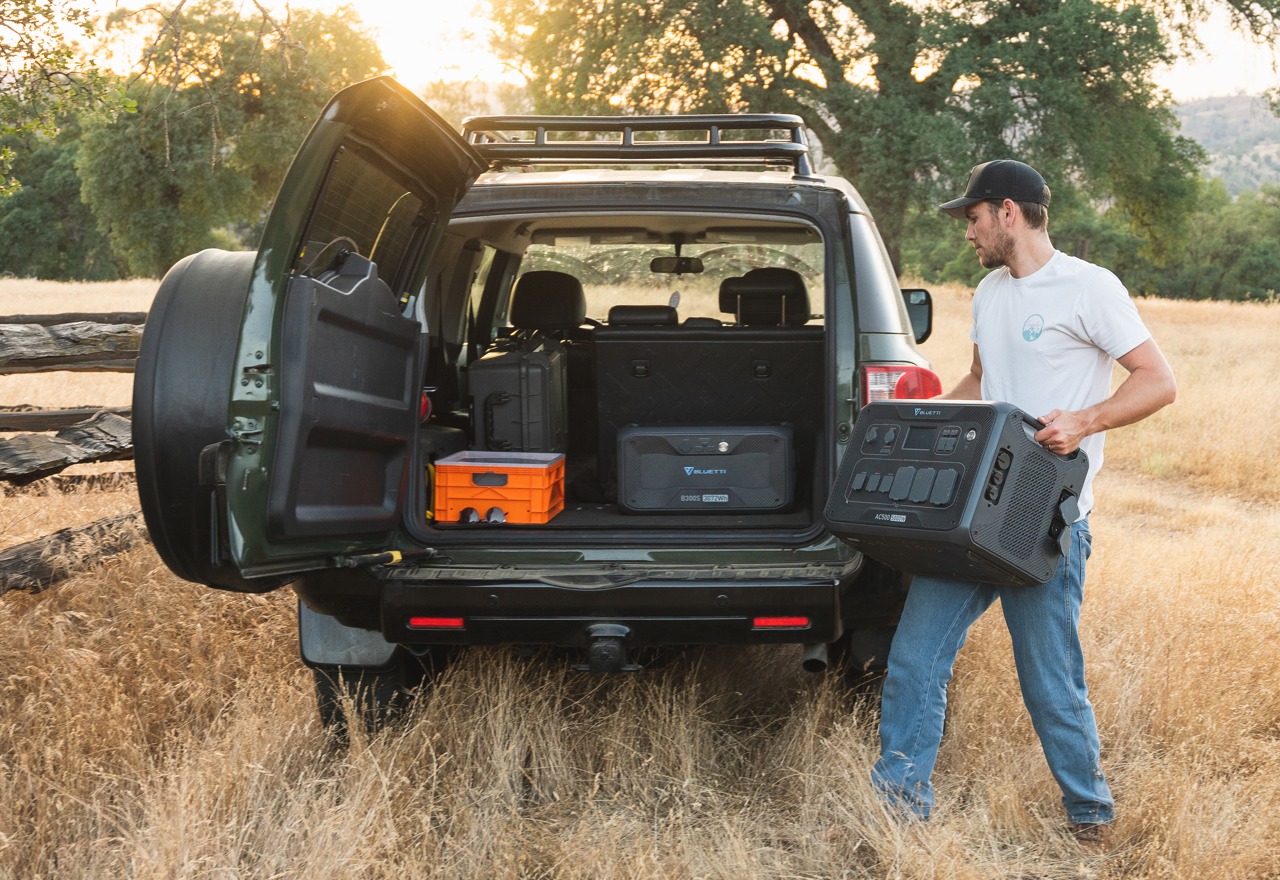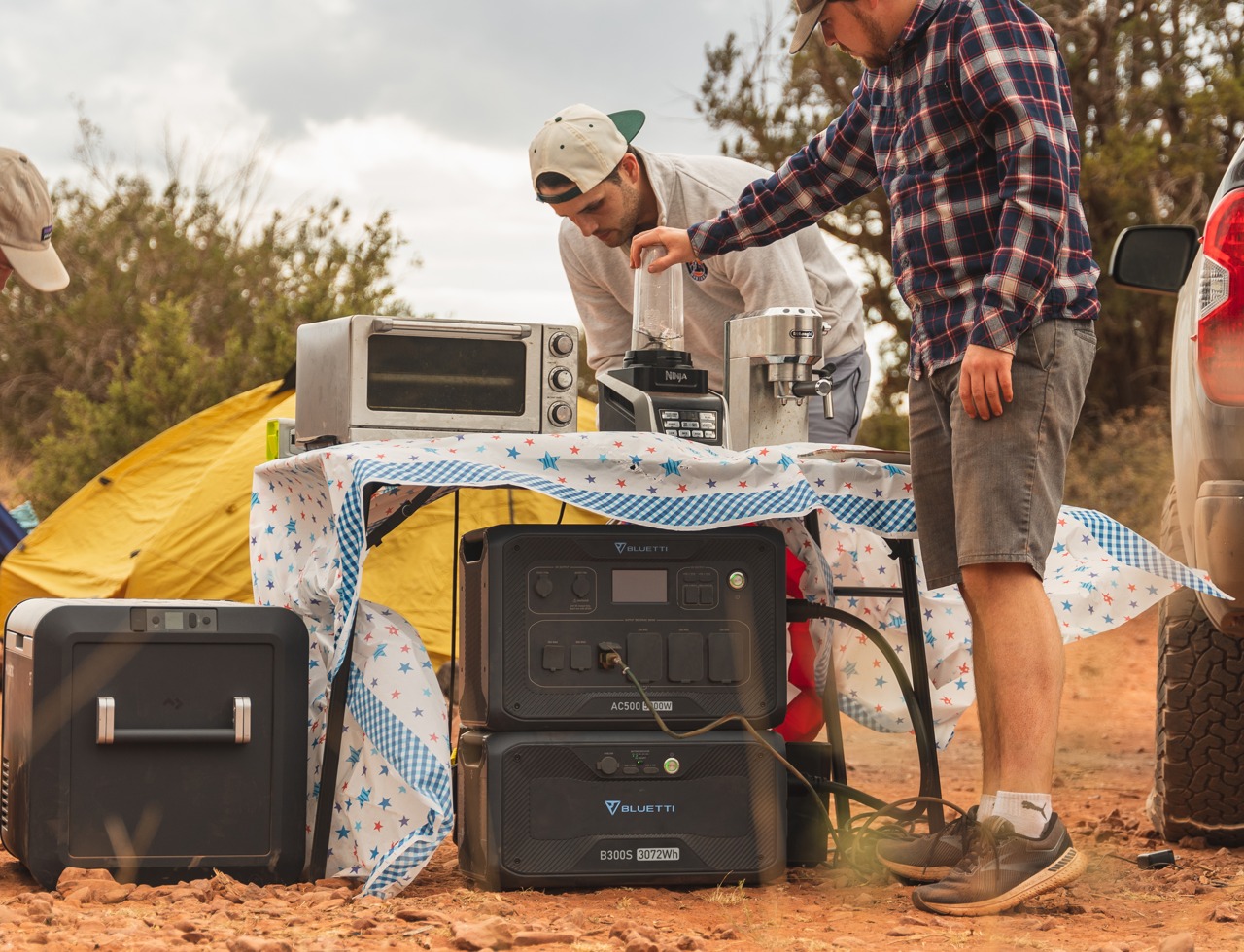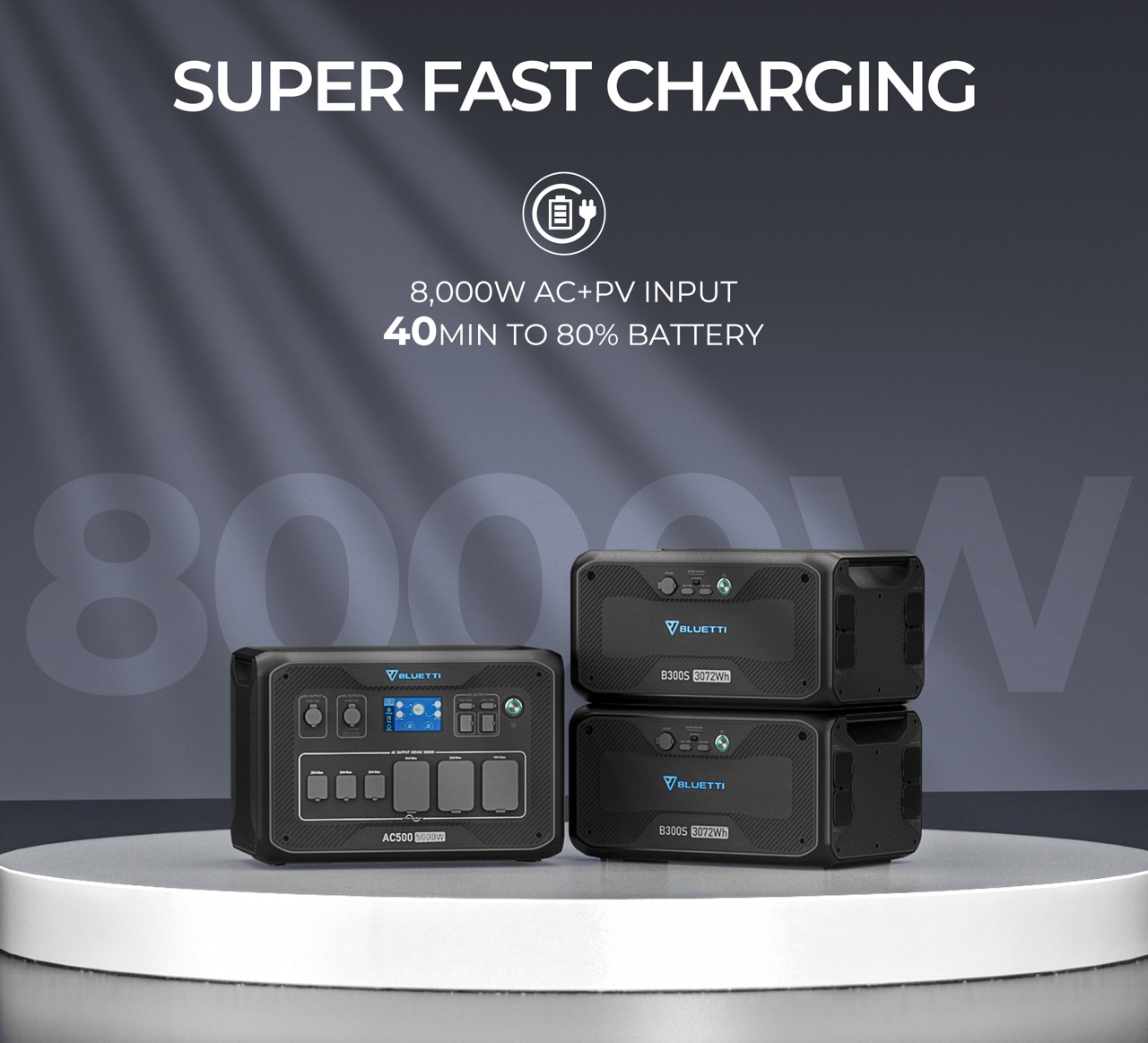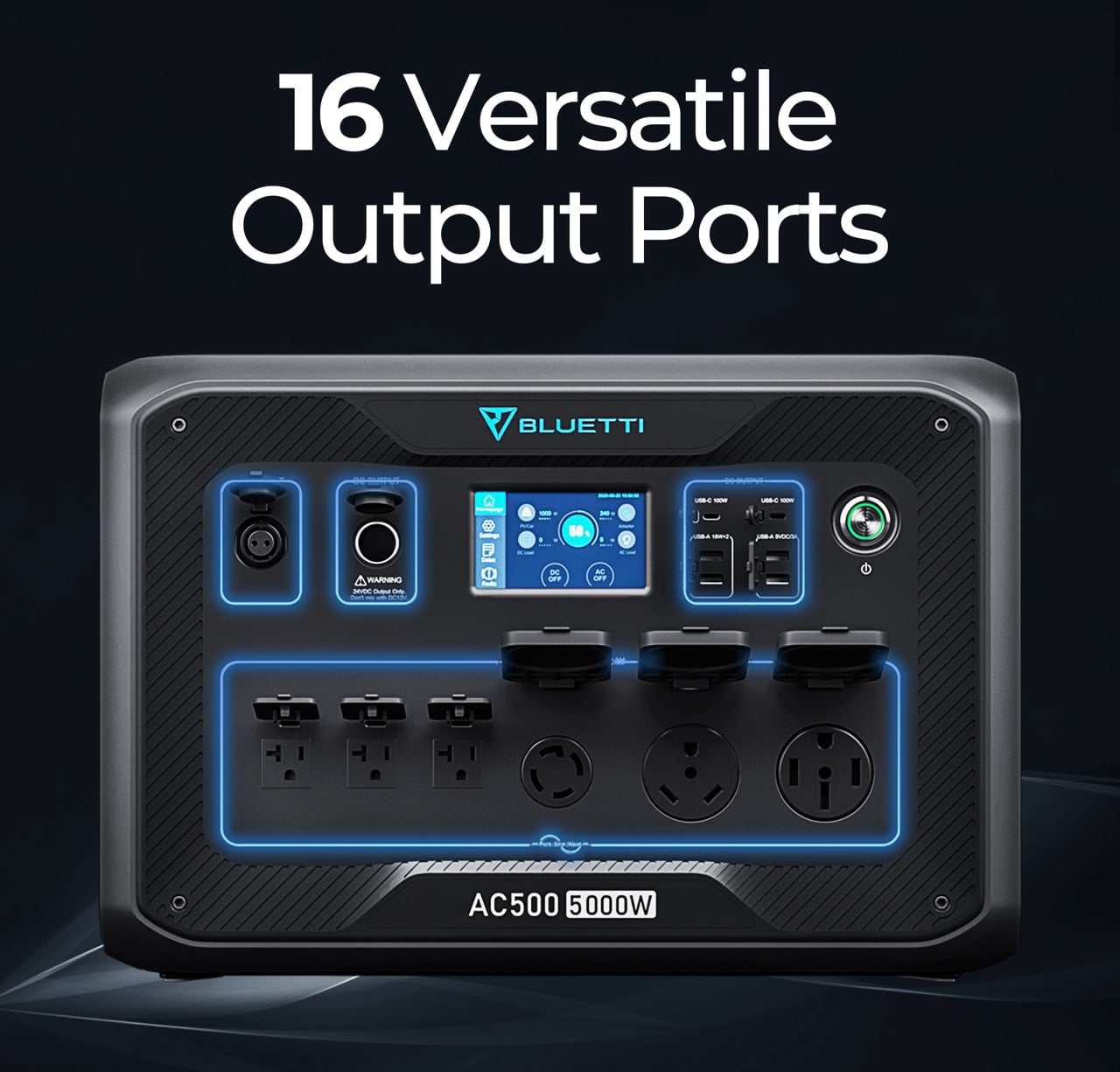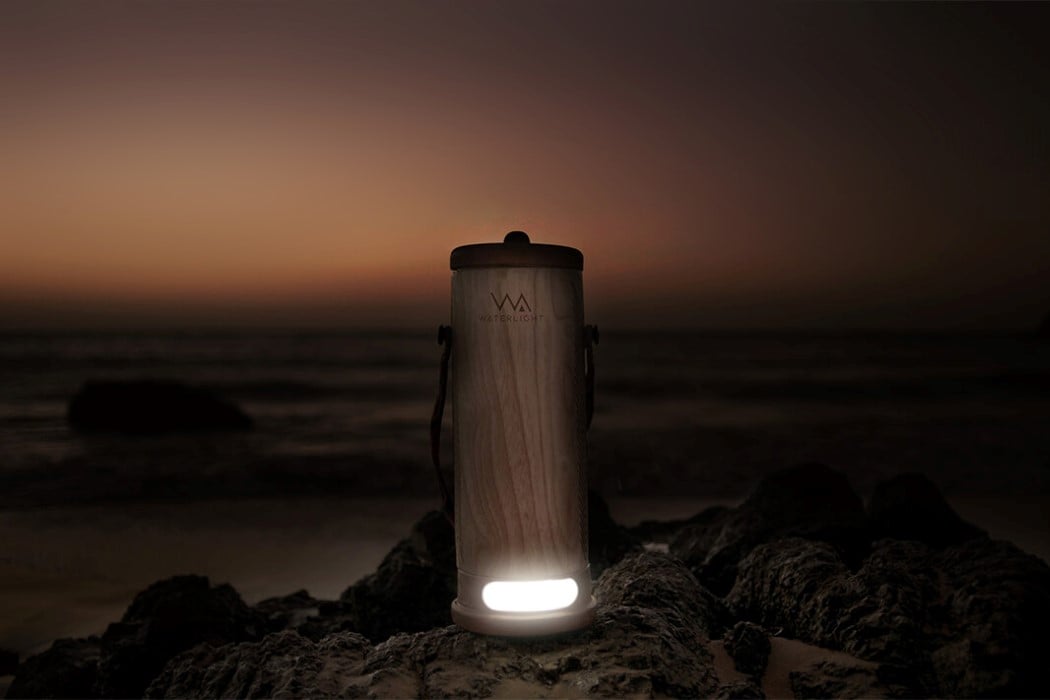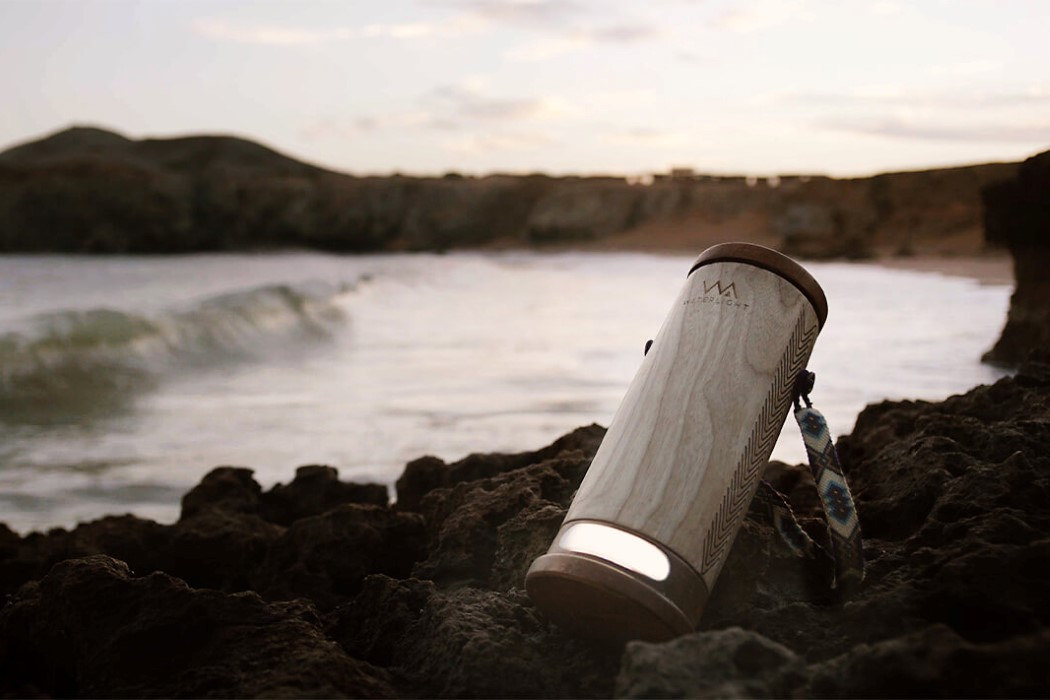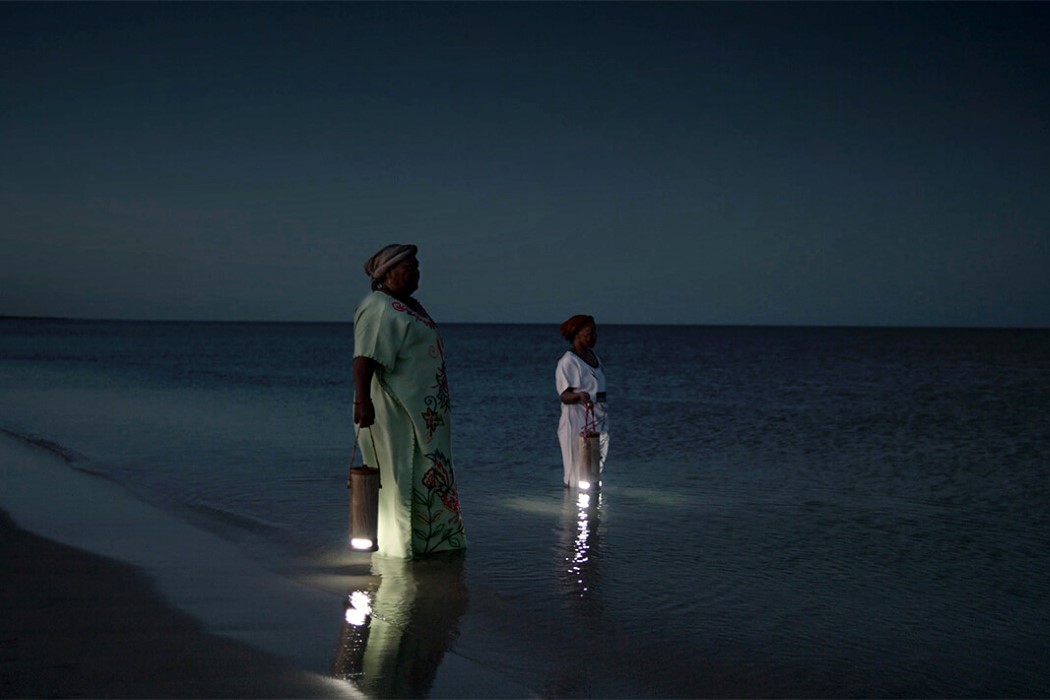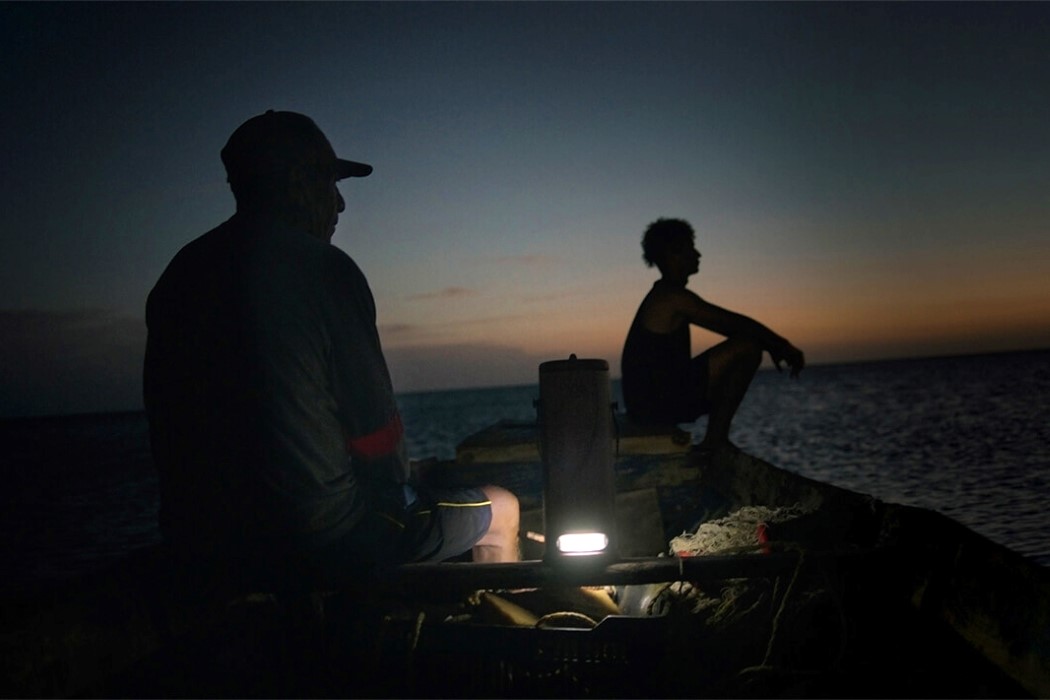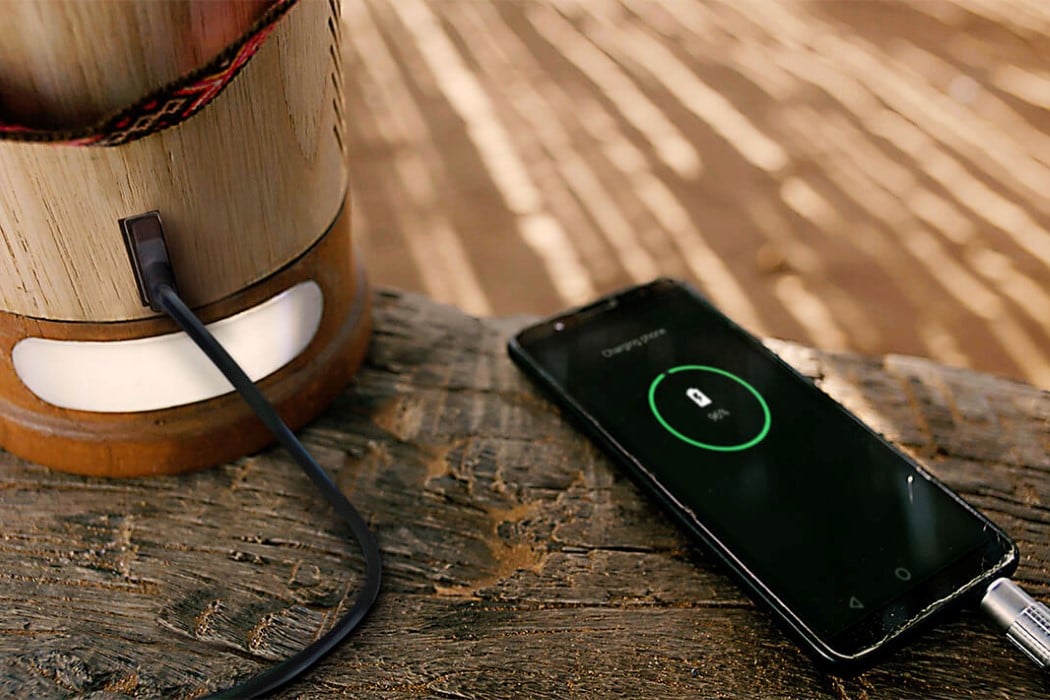
Spring is in the air, as they say. Although there are still some areas experiencing the last bits of freezing weather, it will only be a matter of time before white gives way to green. Spring is associated with many things, including life and feeling alive, especially after being cooped up indoors. Although “glamping” has become trendy, there are still plenty of people who prefer an authentic camping experience, but with just some of the conveniences that electricity brings to our modern lives. With a wide selection of portable power generators from BLUETTI, you can lay your anxieties to rest and enjoy the joys of enjoying the sun and the air while still keeping your laptops powered and your drinks cold.
AC500 & B300S
Although most people imagine camping or going outdoors to be full of moving around and cramped spaces, there will be times when you’d want to go big and bring everyone along for the adventure. Since you’ll never really know what you’ll need and when, picking a power storage solution that adjusts to your needs becomes more important than simply having power in the first place. The modular AC500 portable power station and its partner B300S battery module let you bring as little as 3,072Wh or as much as 18,432Wh of power, depending on your needs or your carrying capacity. That’s enough for a few nights of off-the-grid camping or even for powering your whole house during a power outage. A single AC500 and two B300S batteries start at $7,098, a big $500 discount off its regular $7,598 combo price.
Click Here to Buy Now: $4,599 $5,099 ($500 off). Hurry, Spring Sale ends Mar 23rd!
EB3A
On the flip side, you might be looking for something really lightweight and portable, just enough for a few hours to escape the hectic city life. At only 10lbs, this 268Wh BLUETTI EB3A power station can power up a car fridge for 4 hours, a 10W light for 22 hours, and a 60W laptop for 4 hours straight. And since it can be charged with a solar panel for maximum of 200W charging power, you don’t have to race back to the city to scramble for a power outlet when its battery dips. Normally at $798, you can get the BLUETTI EB3A and a 200V PV200 Solar Panel for just $658, a $140 discount in time for spring camping.
Click Here to Buy Now: $209 $299 ($90 off). Hurry, Spring Sale ends Mar 23rd!
EB70S
You might, however, need something that steps up the power just a wee bit. That’s where the EB70S comes in, with its 716Wh battery rated for 800W of power. It has plenty of ports to keep all kinds of devices and appliances powered up at a camp or a cookout, even including a wireless charging pad at the top for your phone. Although a bit hefty at 21.4lbs, the foldable handle makes it easy to carry around and keeps it compact enough for storage. The $519 starting price, an $80 cut from the usual $599, also makes this portable power station an all-around solution for most of your clean and green power needs.
Click Here to Buy Now: $519 $599.99 ($80 off). Hurry, Spring Sale ends Mar 23rd!
AC300
BLUETTI’s lineup is filled with choices for every need and budget. For example, you might want a modular power station system but don’t need all the bells and whistles just yet. The AC300, with its 3,000W pure sine wave inverter and its 3,072Wh B300 expansion battery, have you covered, providing up to 12,228Wh of power when you finally do need that much. Whether just camping or living the RV life, this duo will bring lights and life to your outdoor trips. For just $5,397, which is $800 less than the standard $6,197 price tag, you can get the AC300 with not just one but two B300 batteries to give you the freedom to bring only what you need when you need it.
Click Here to Buy Now: $3,398 $3,898 ($500 off). Hurry, Spring Sale ends Mar 23rd!
AC200MAX
While the AC500 and AC300 offer maximum flexibility, the AC200MAX brings the best of both worlds. On its own, it already puts out 2,048Wh of power, but you can stack up to two B230 batteries or two B300 batteries for a whopping total of 6,144Wh and 8,192Wh, respectively. It can power up to 14 different devices, thanks to its plethora of output ports, including not one but two wireless charging pads. The BLUETTI AC200MAX teams up with three PV200 solar panels to offer completely sustainable portable power for only $3,046, a large $450 discount from its $3,496 SRP.
Click Here to Buy Now: $1,699 $1,999 ($300 off). Hurry, Spring Sale ends Mar 23rd!
AC200P
Packing a 2,000Wh battery in its 60.6lbs body, the AC200P offers well-balanced versatility and power in a compact package. When paired with a B300 battery module, you can boost that up to 5,072Wh, perfect for making coffee in the great outdoors or keeping a room chilled with the air conditioner during an emergency. This pair goes for only $3,398 during this spring season, bringing the regular $3,998 price down by $600.
Click Here to Buy Now: $1,399 $1,699 ($300 off). Hurry, Spring Sale ends Mar 23rd!
Portable Solar Panels
While BLUETTI’s portable power stations are already impressive on their own, what really makes them special is how they can be charged completely through solar power only. Not only does that mean you don’t need to panic when the batteries go into the red, it also means you can leave off the grid far longer with green energy. Of course, you’ll need a high-efficiency portable solar panel for that, and unsurprisingly, BLUETTI also has got you covered. Using monocrystalline cells, these foldable solar panels boast 23.4% conversion efficiency, and the ETFE covering protects them from scratches and splashes. The 350W PV350 solar panel goes from $849 down to $769, saving you $80 for spring camping and trips.
Click Here to Buy Now. Hurry, Spring Sale ends Mar 23rd!
The post BLUETTI Spring Sale brings all the power you need for an enjoyable time outdoors first appeared on Yanko Design.

